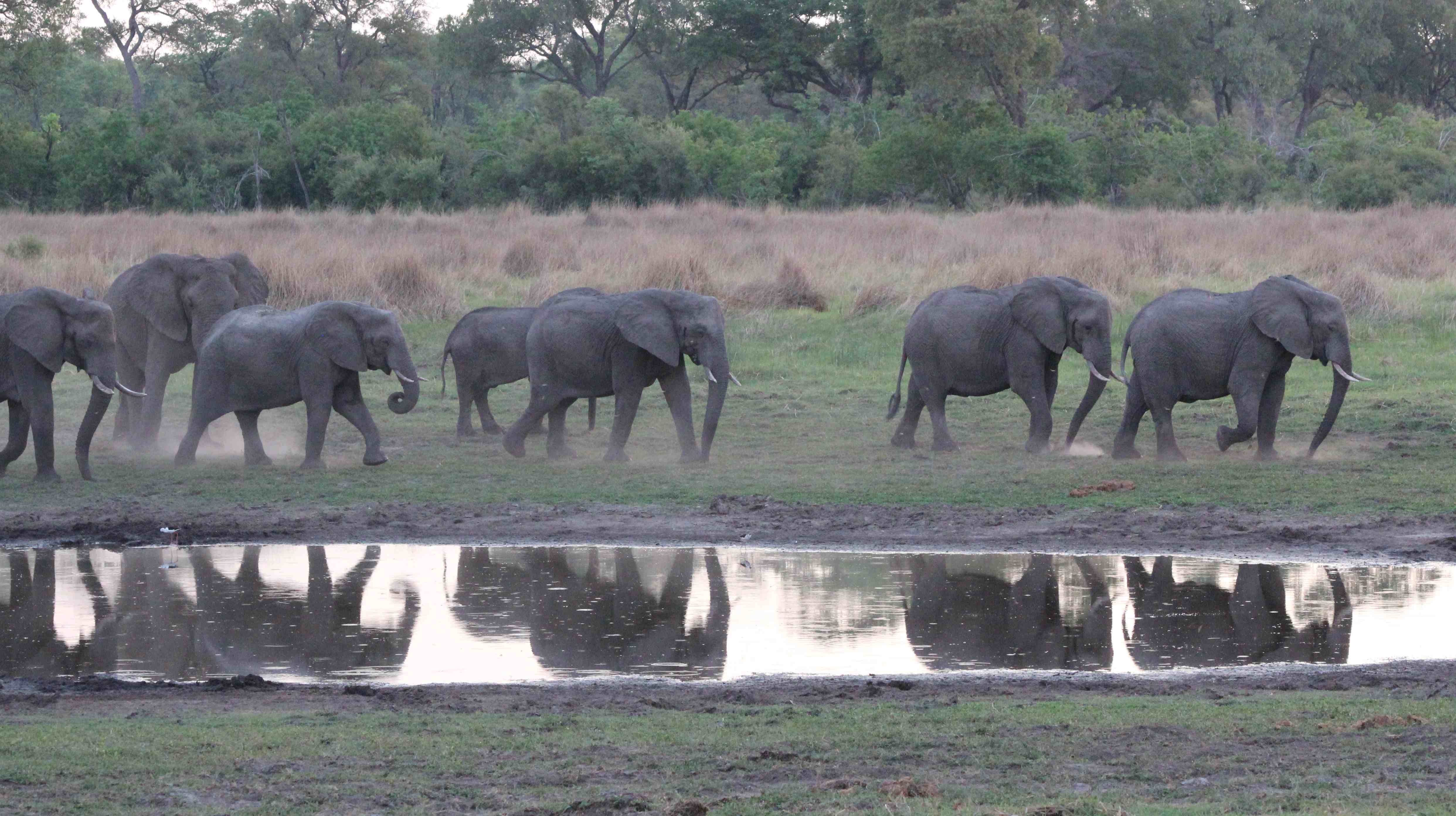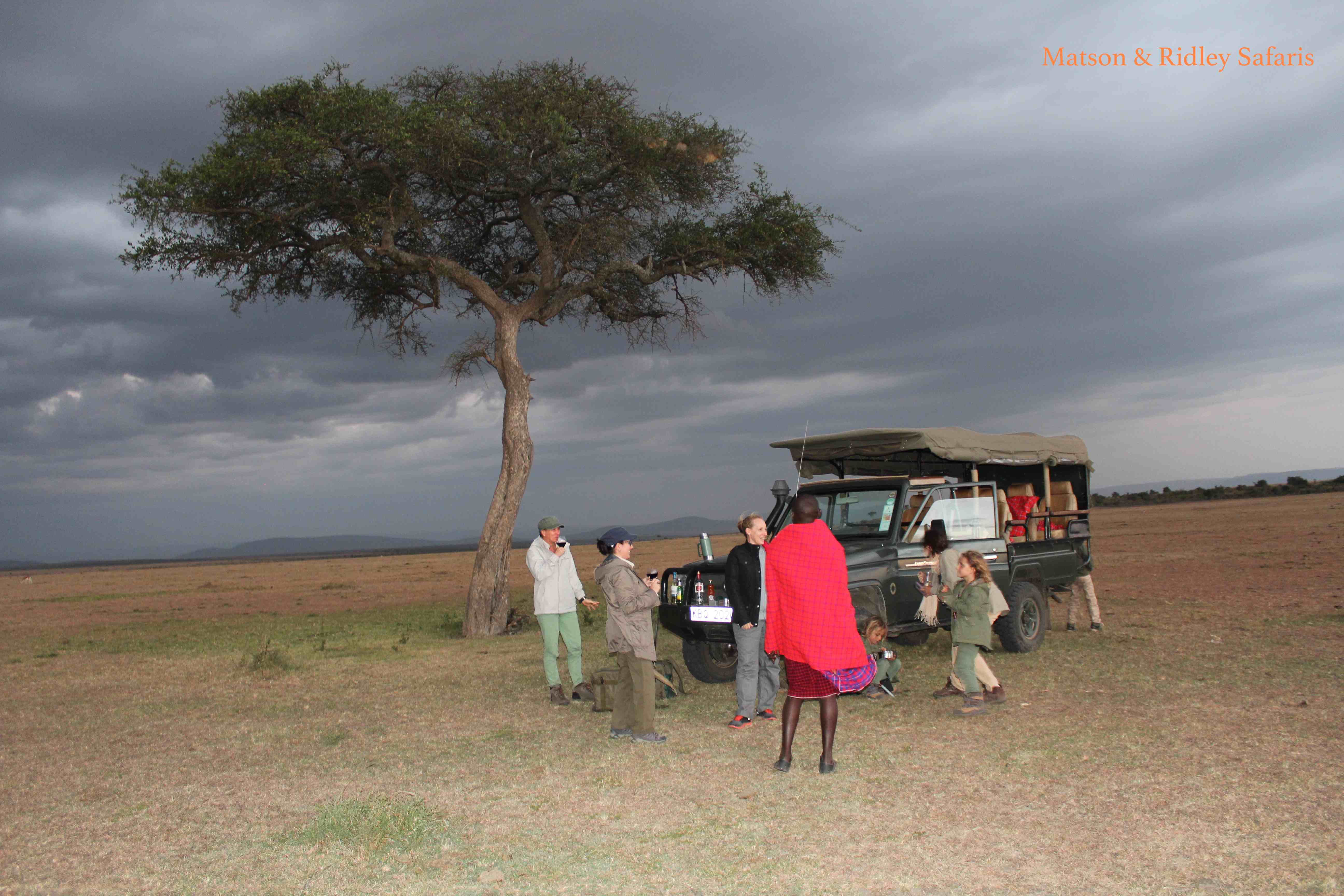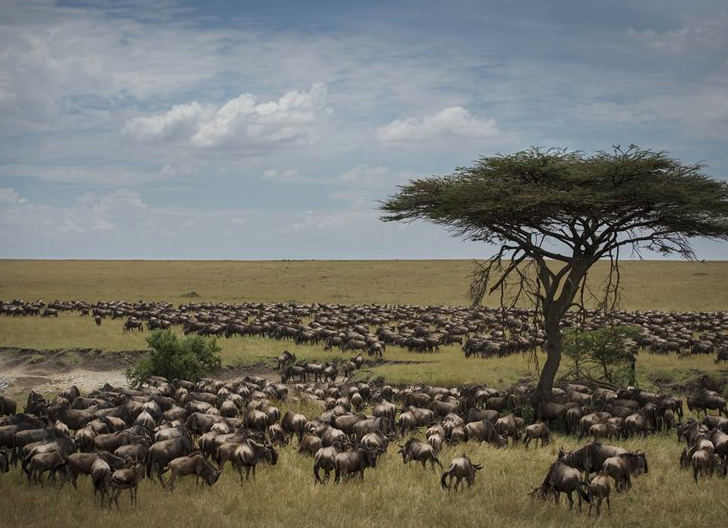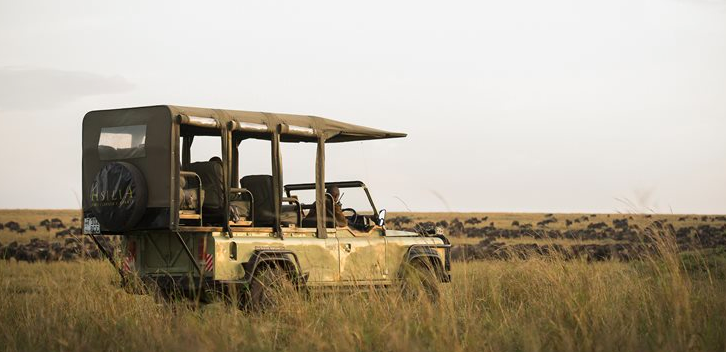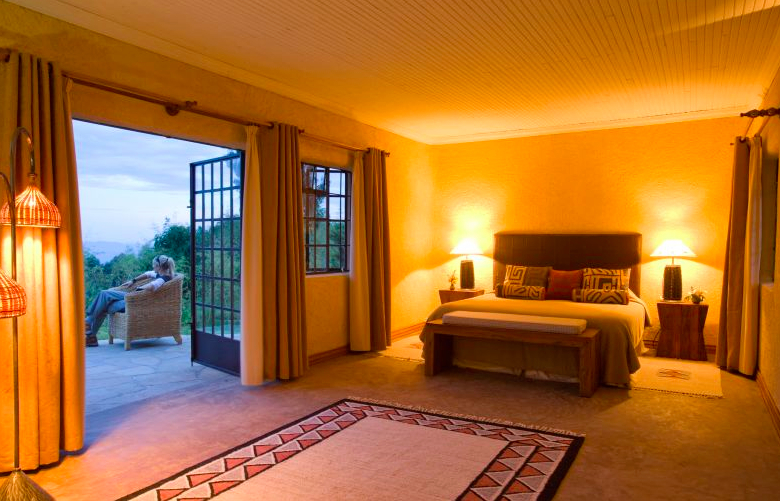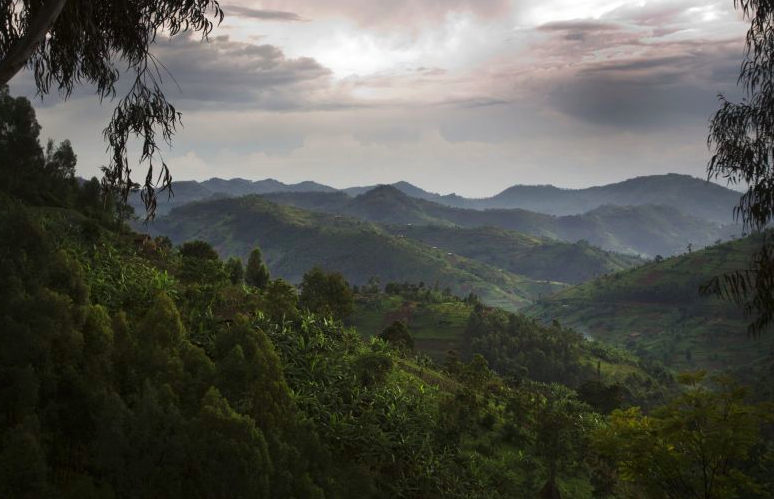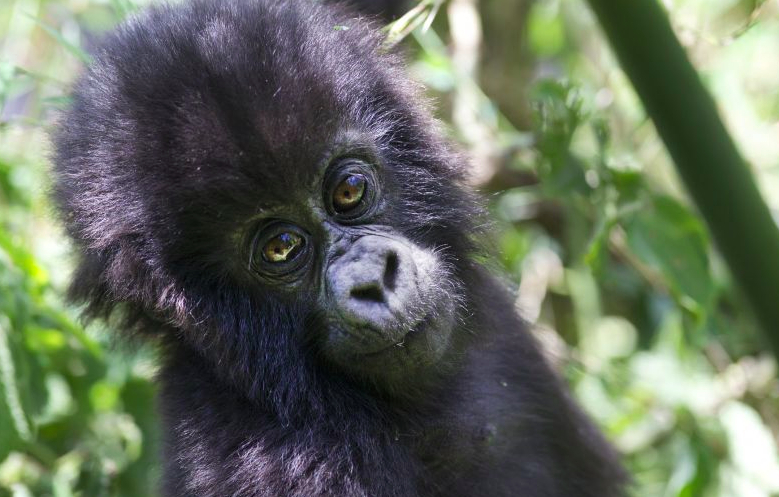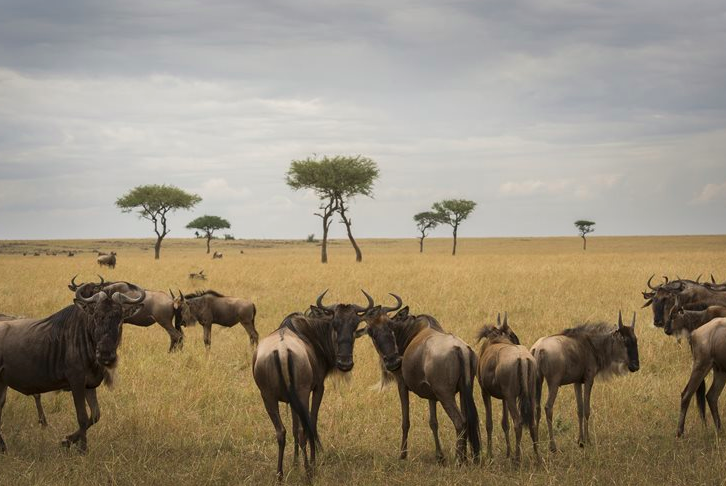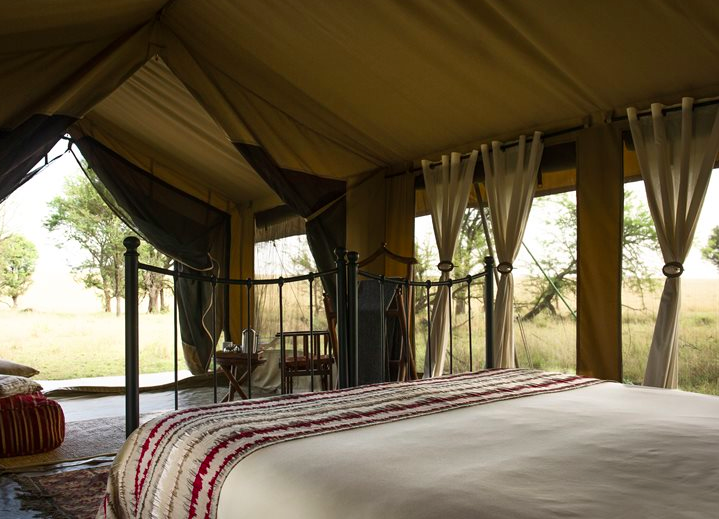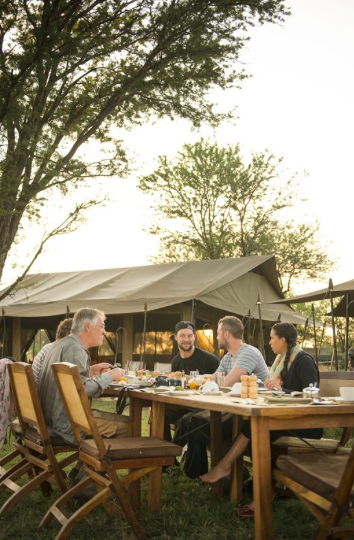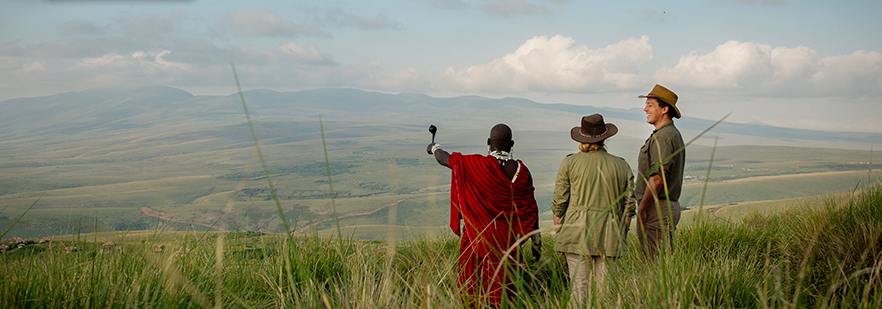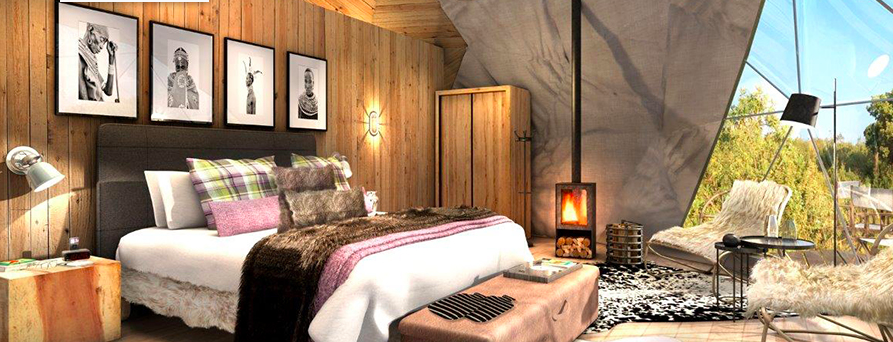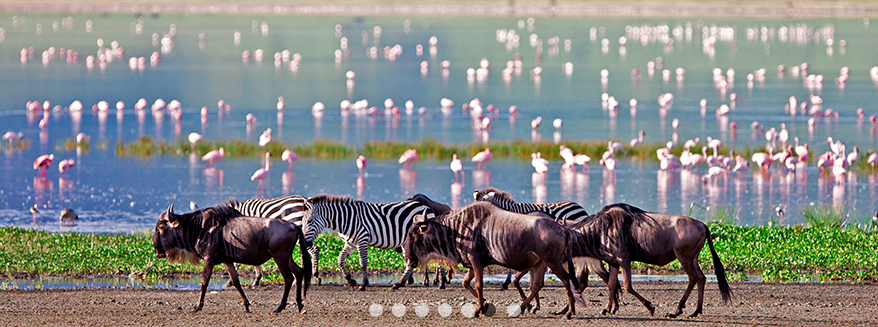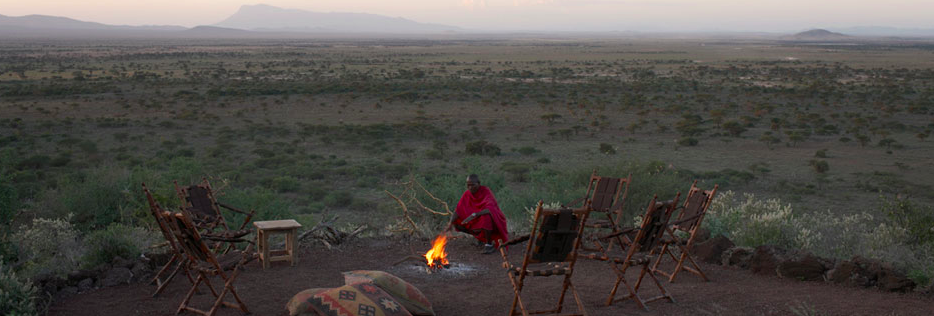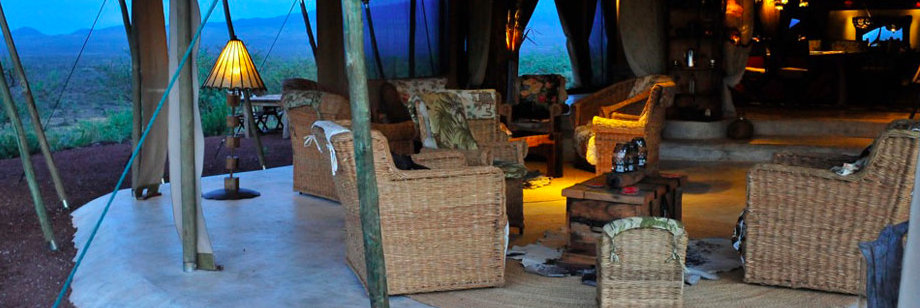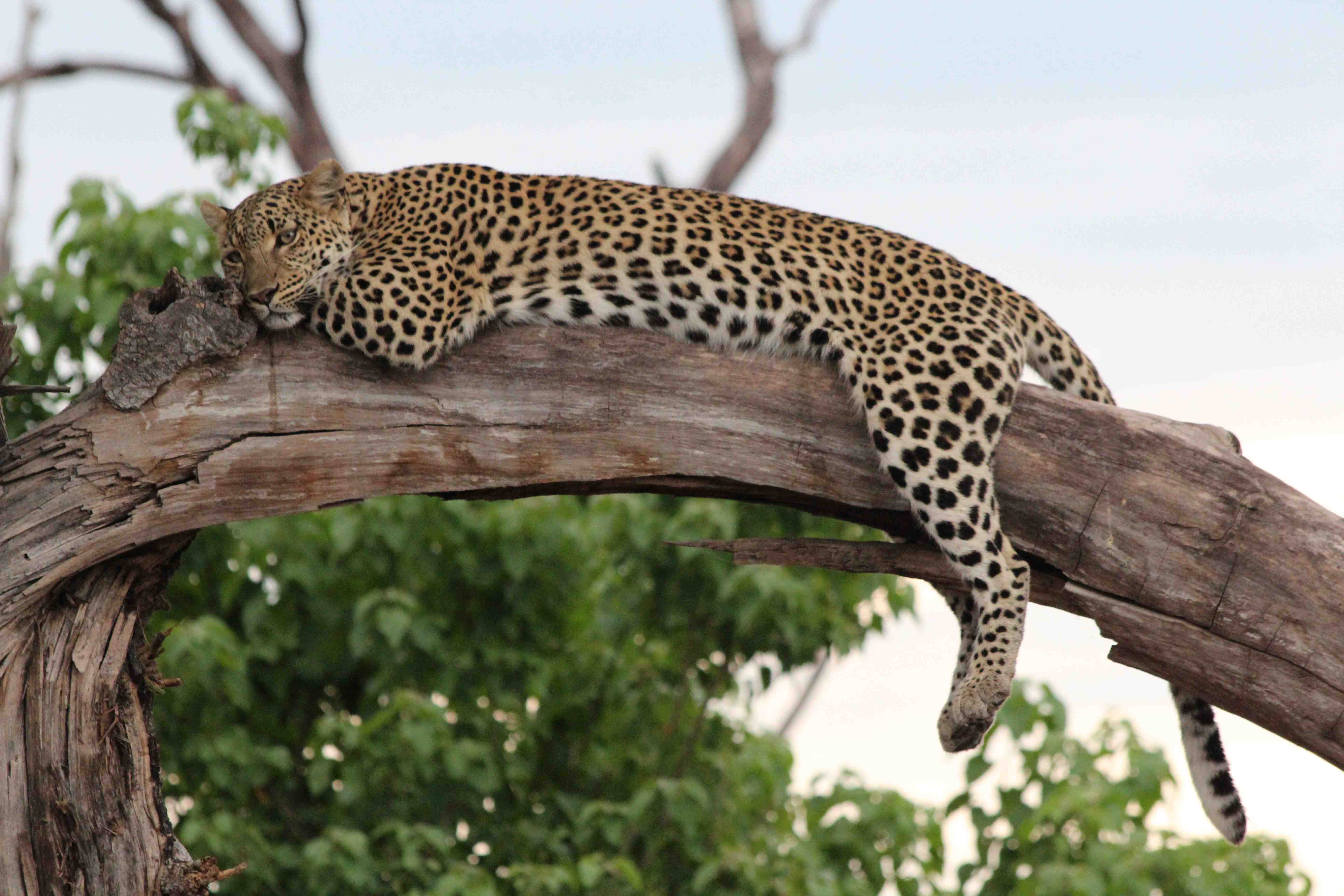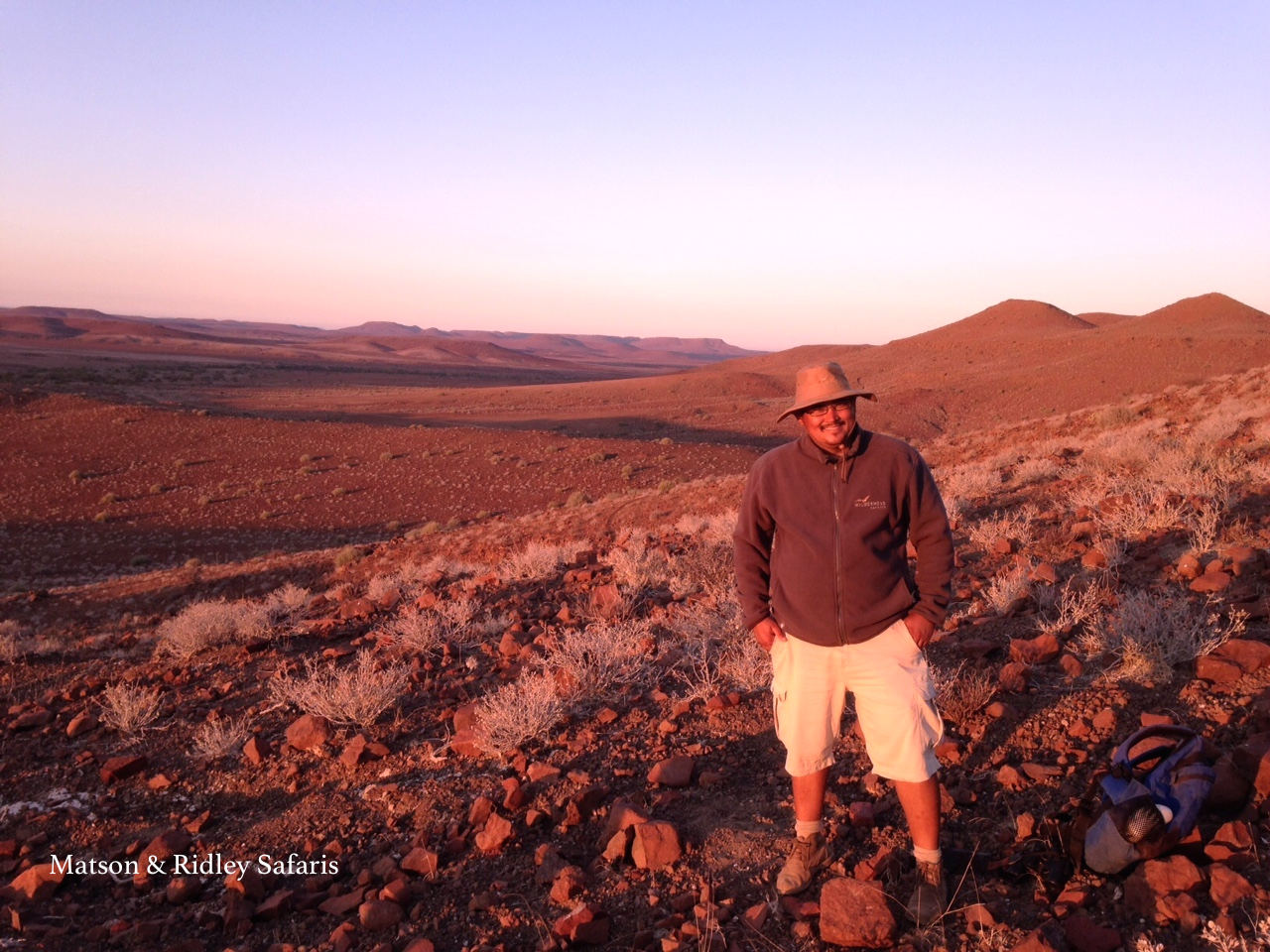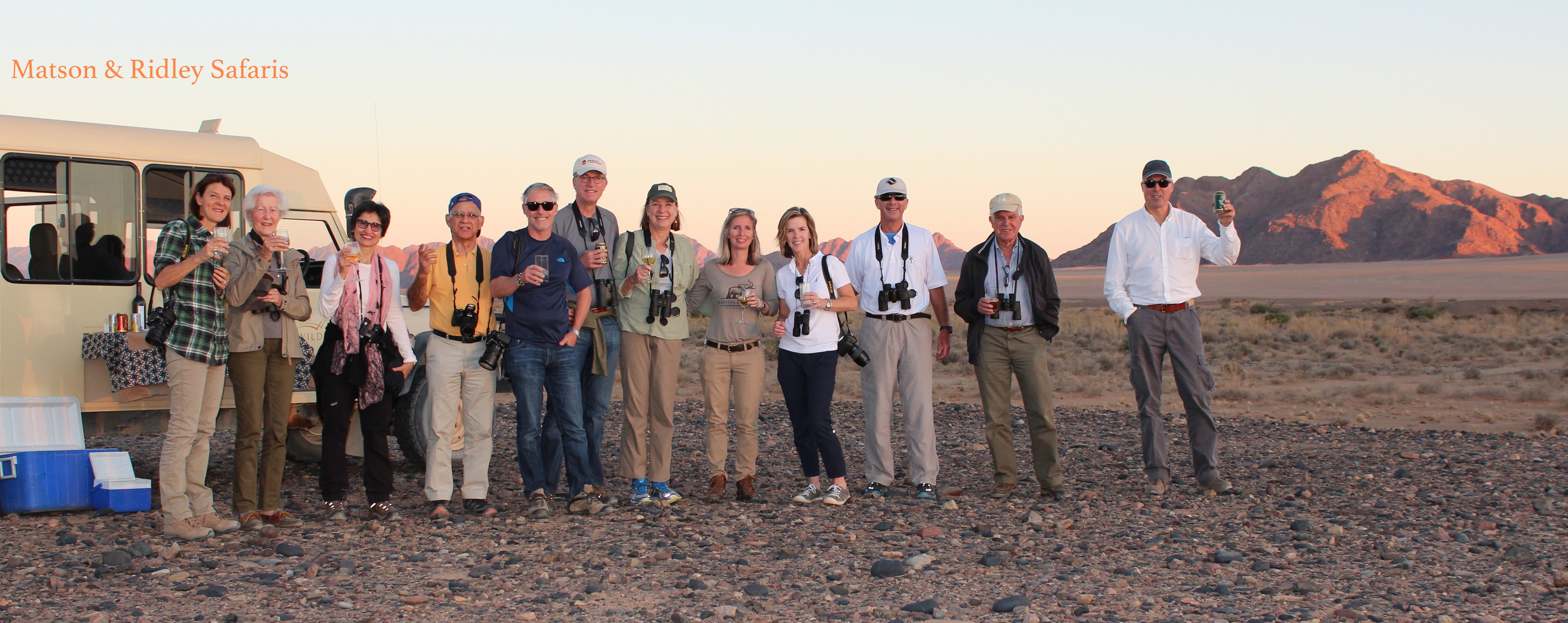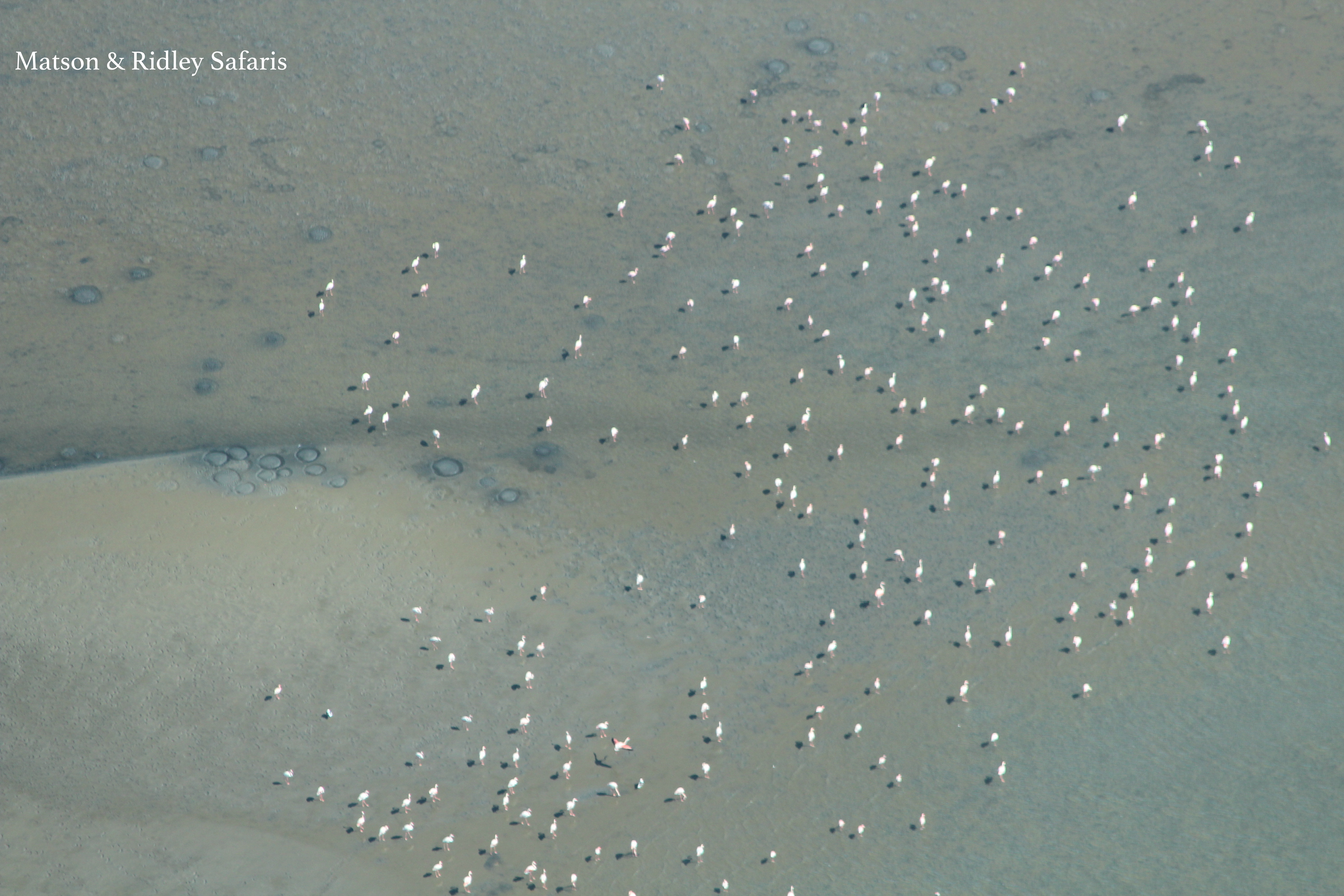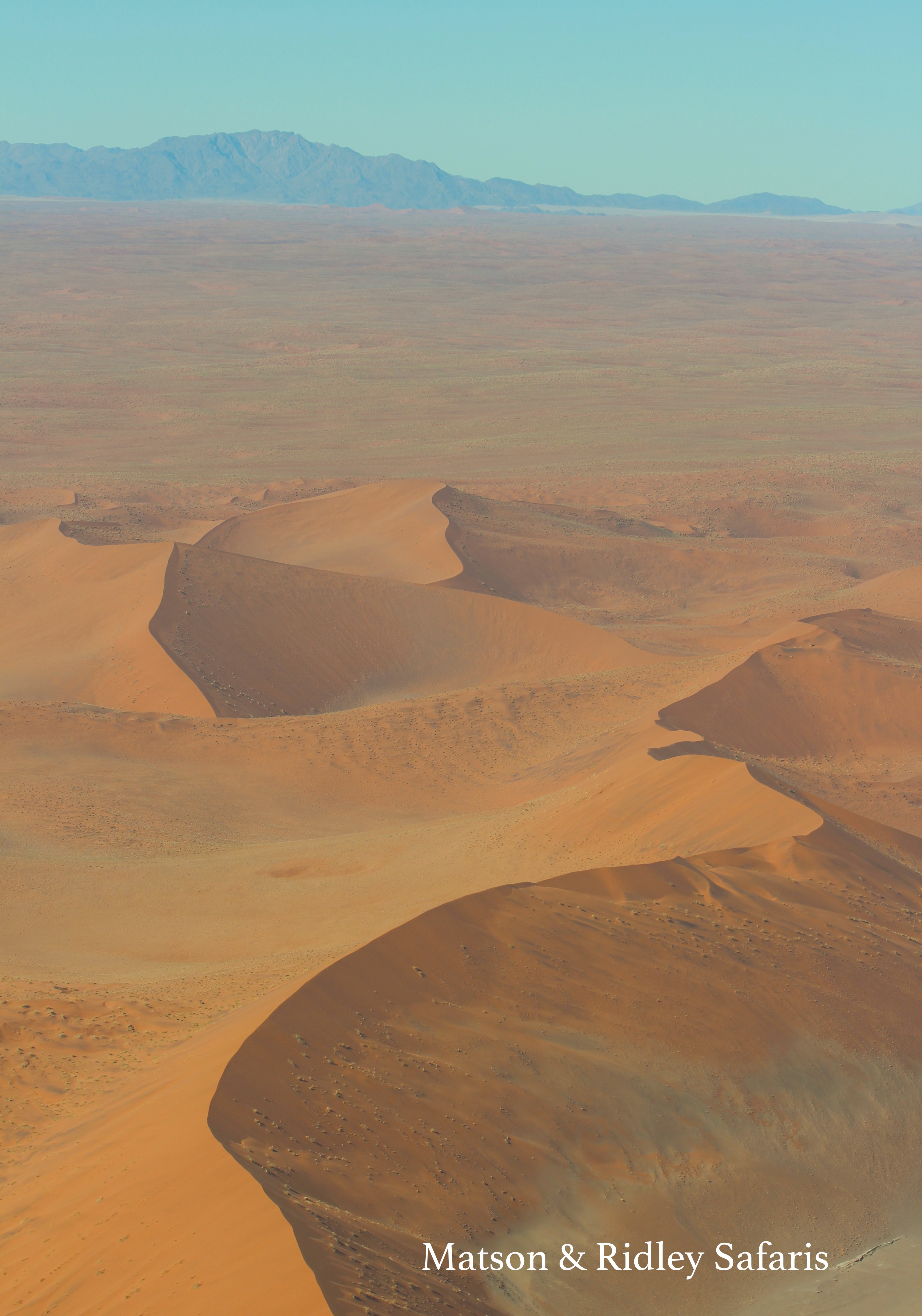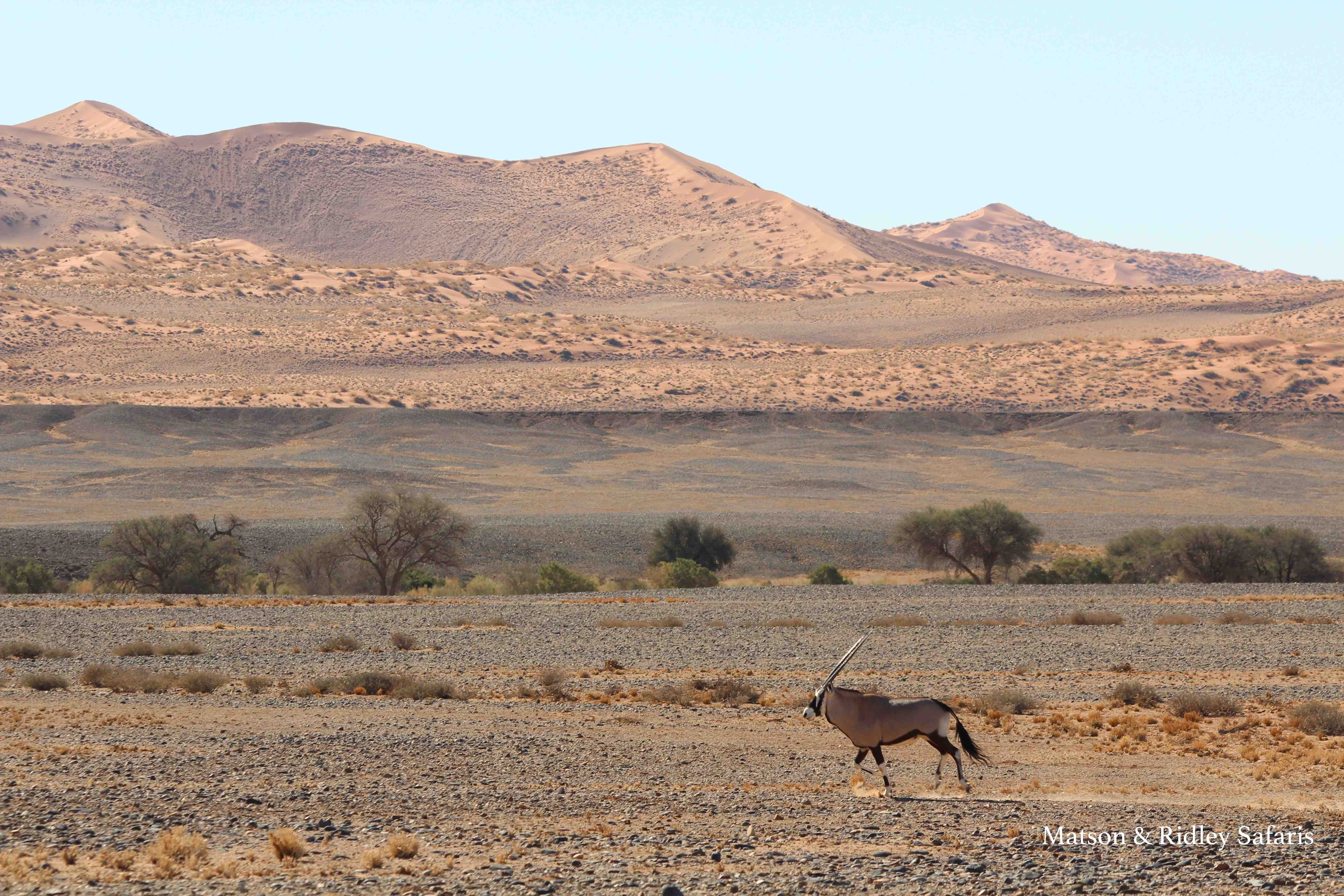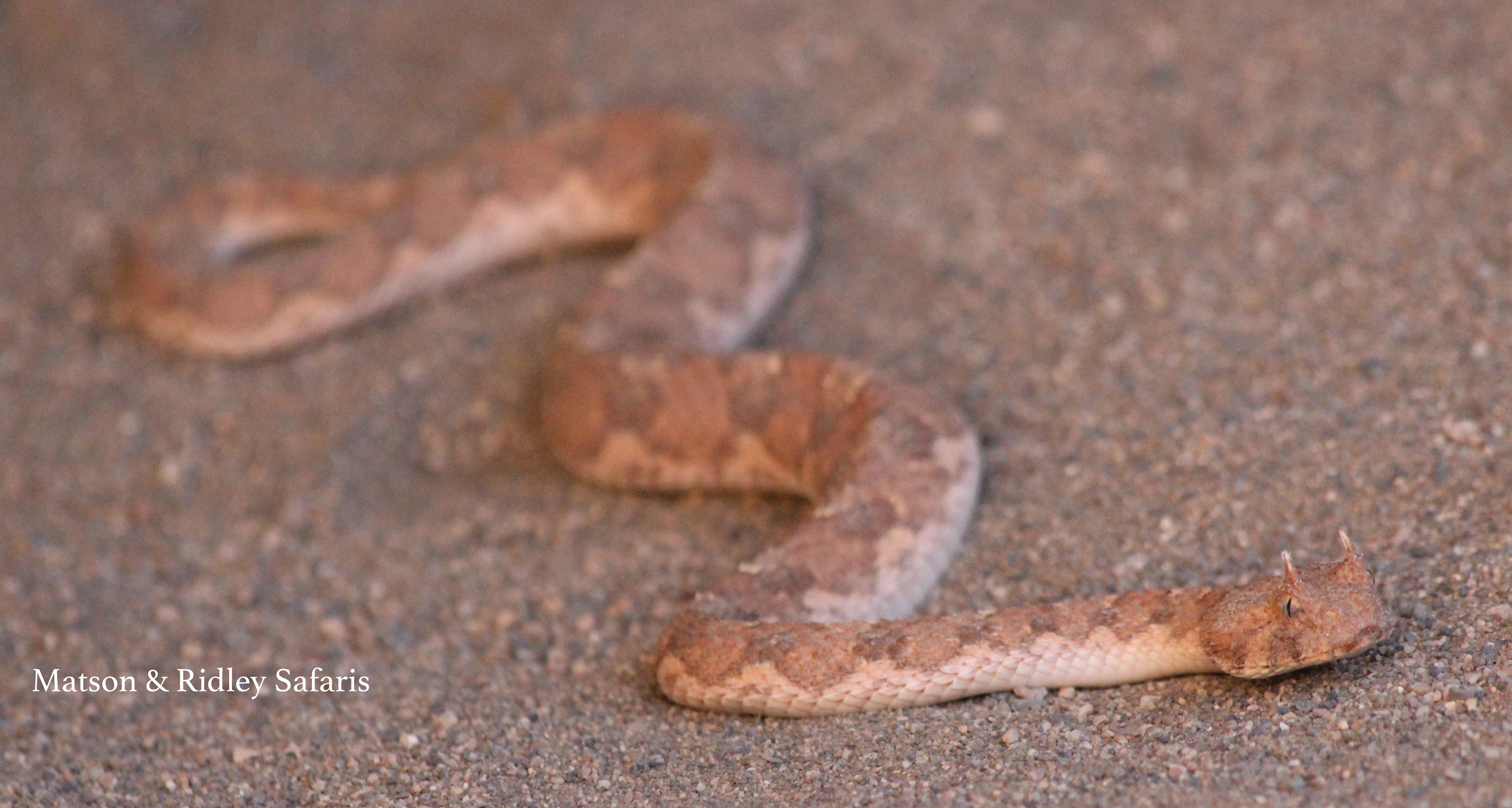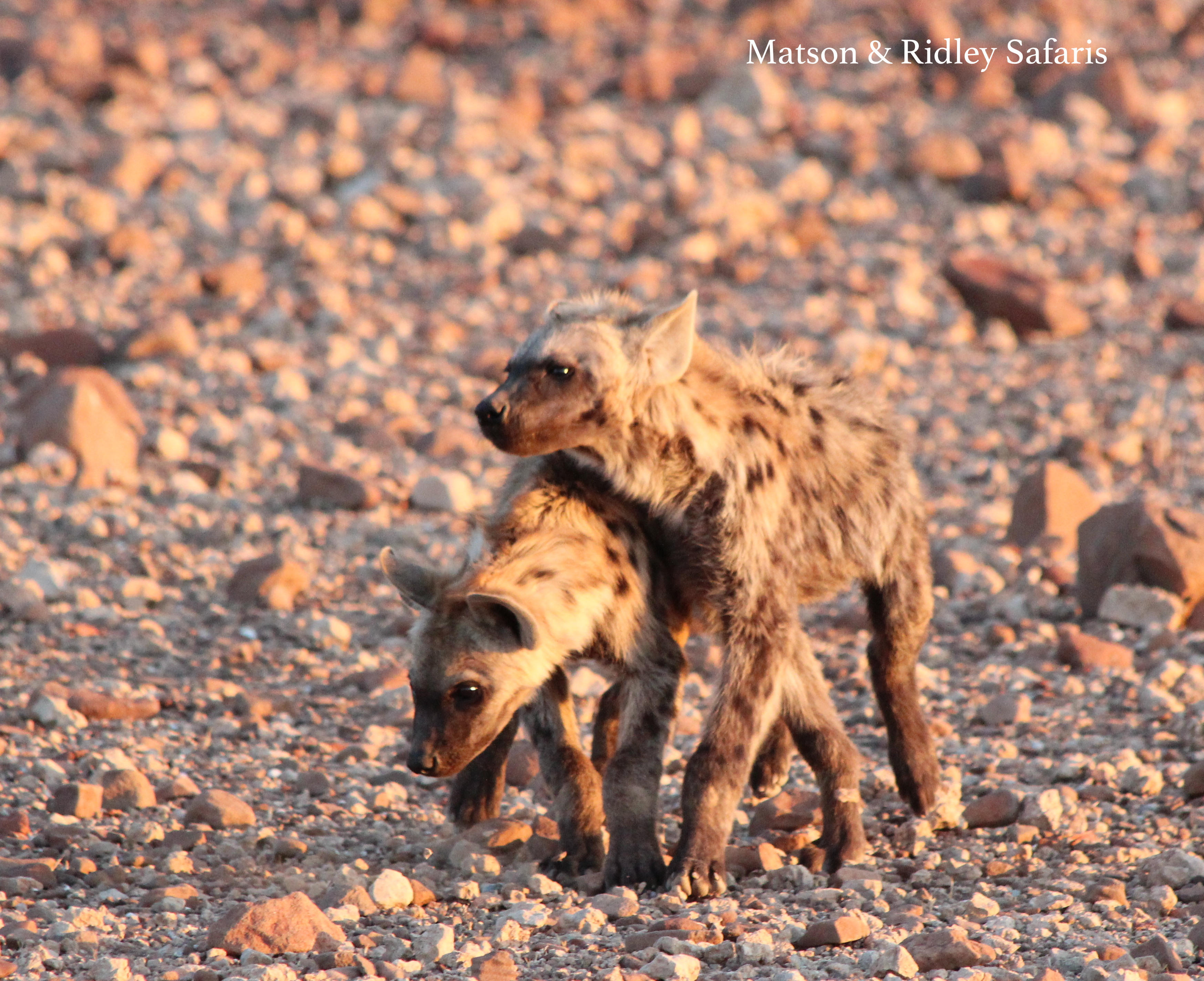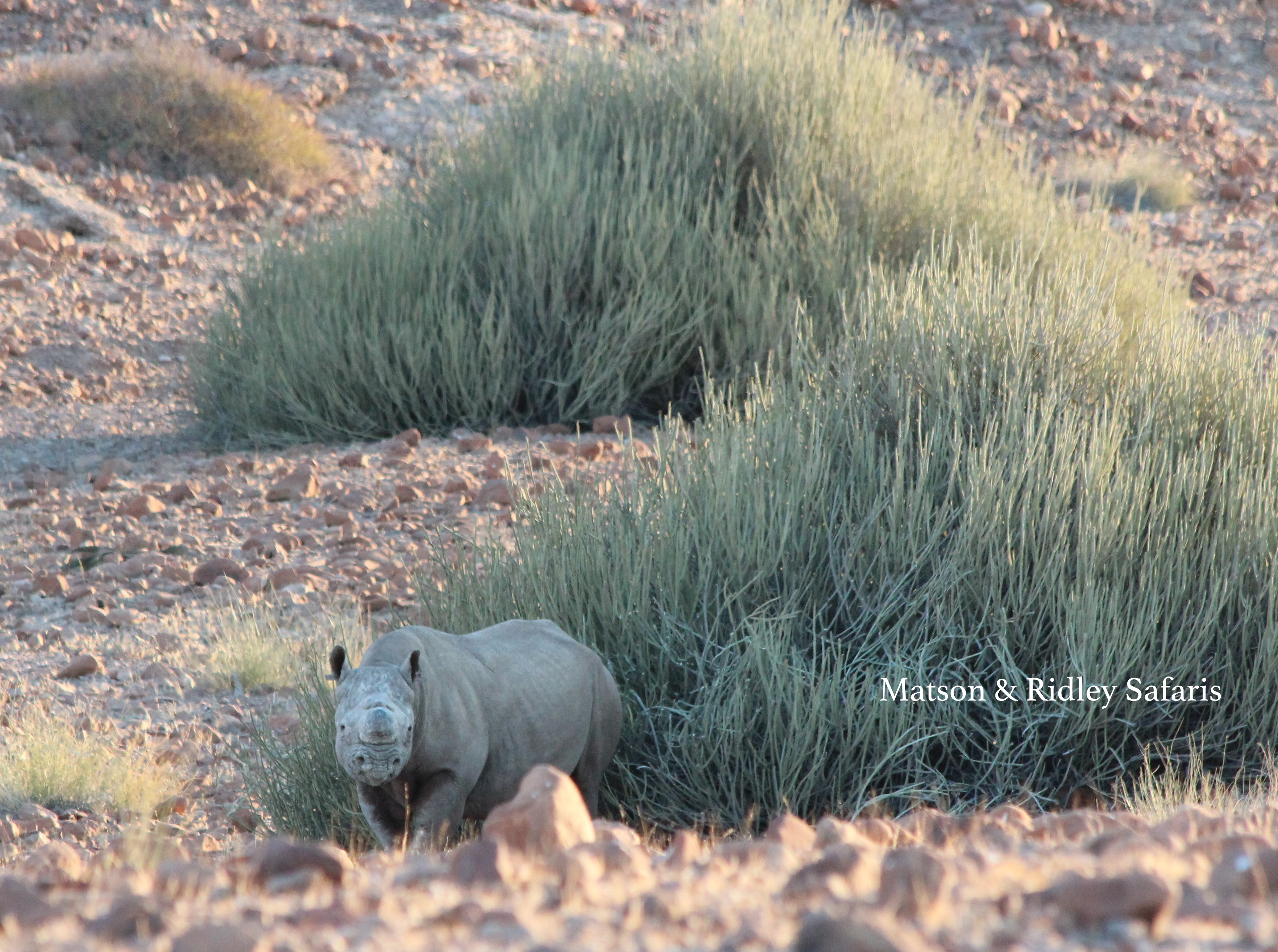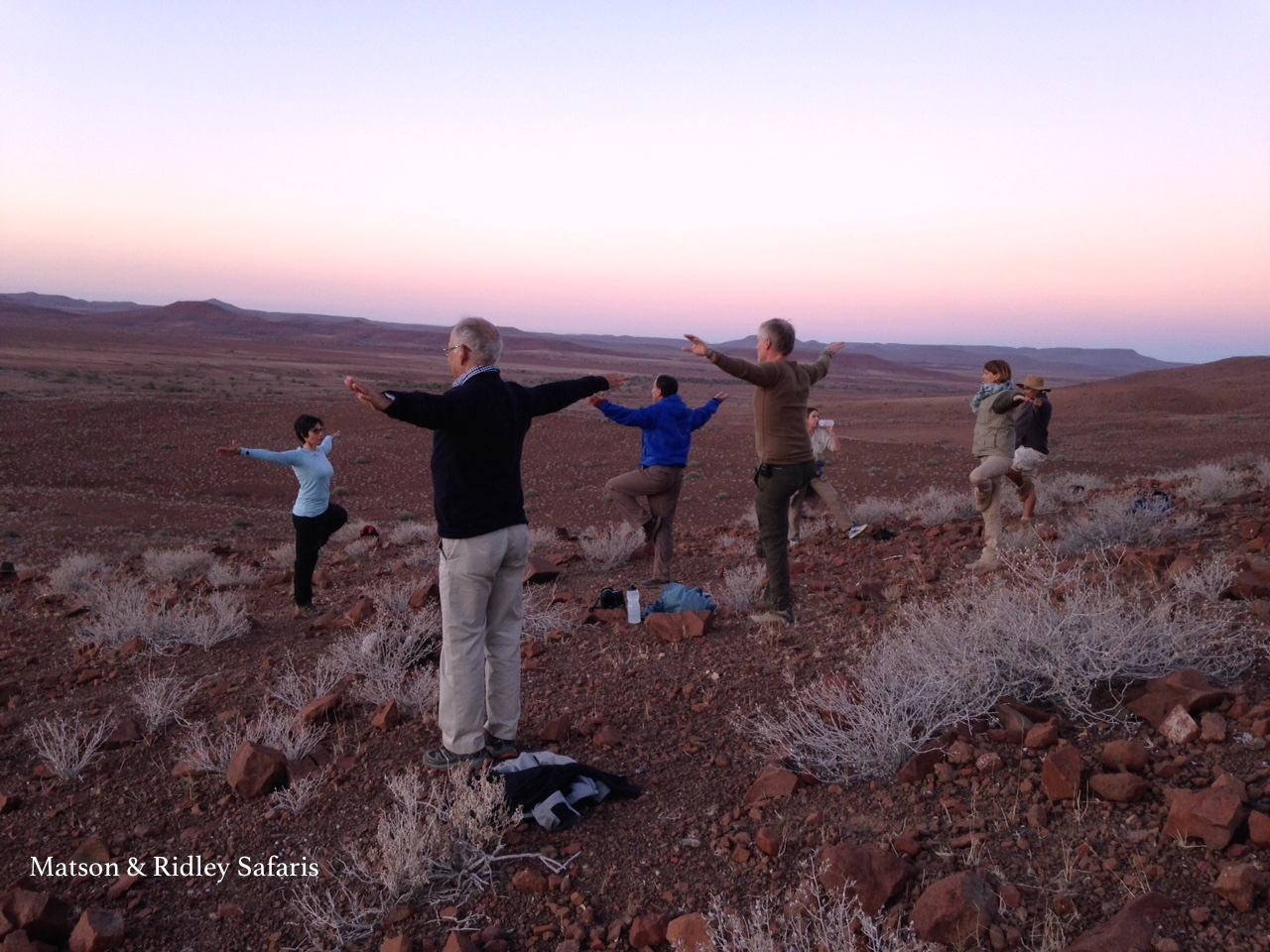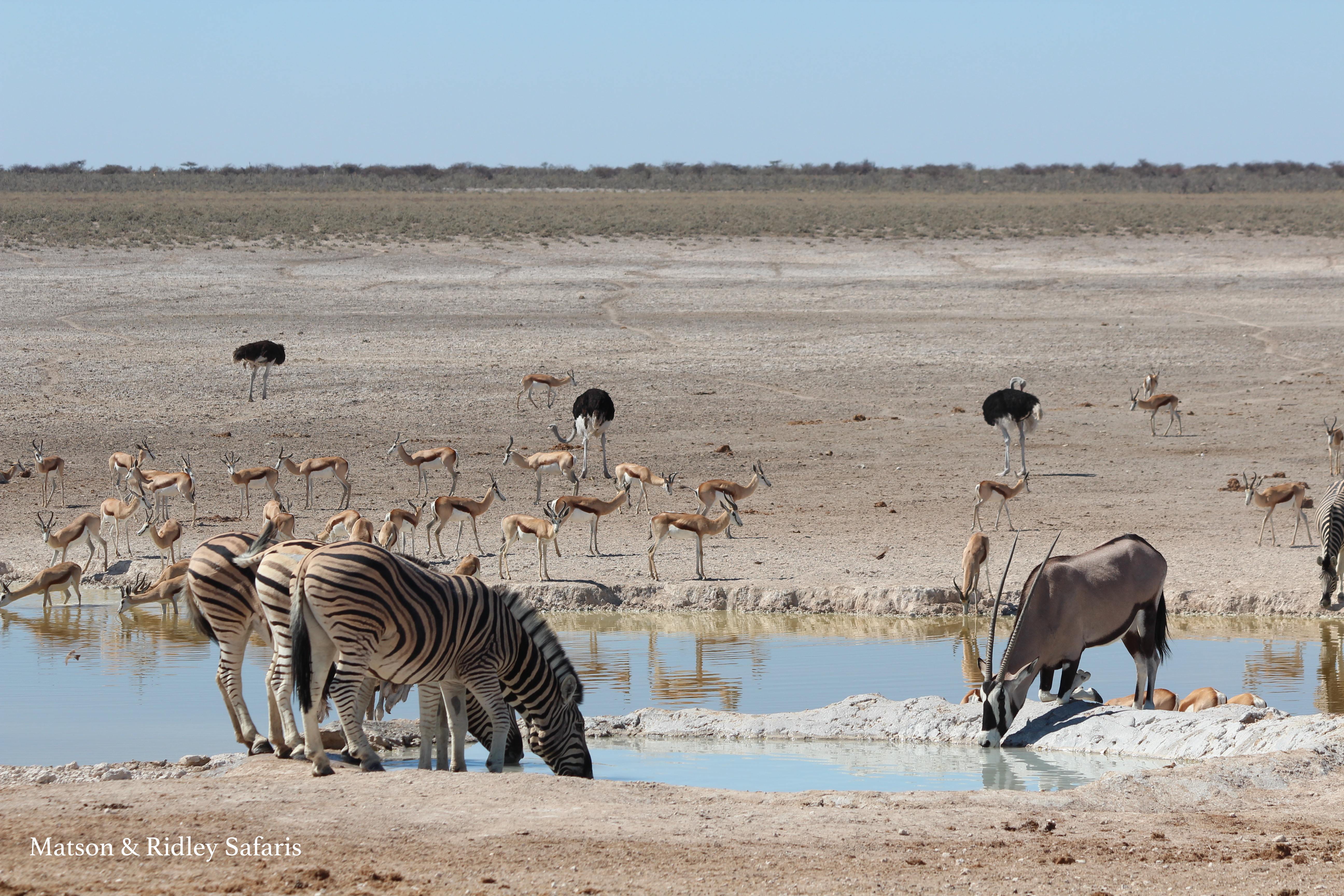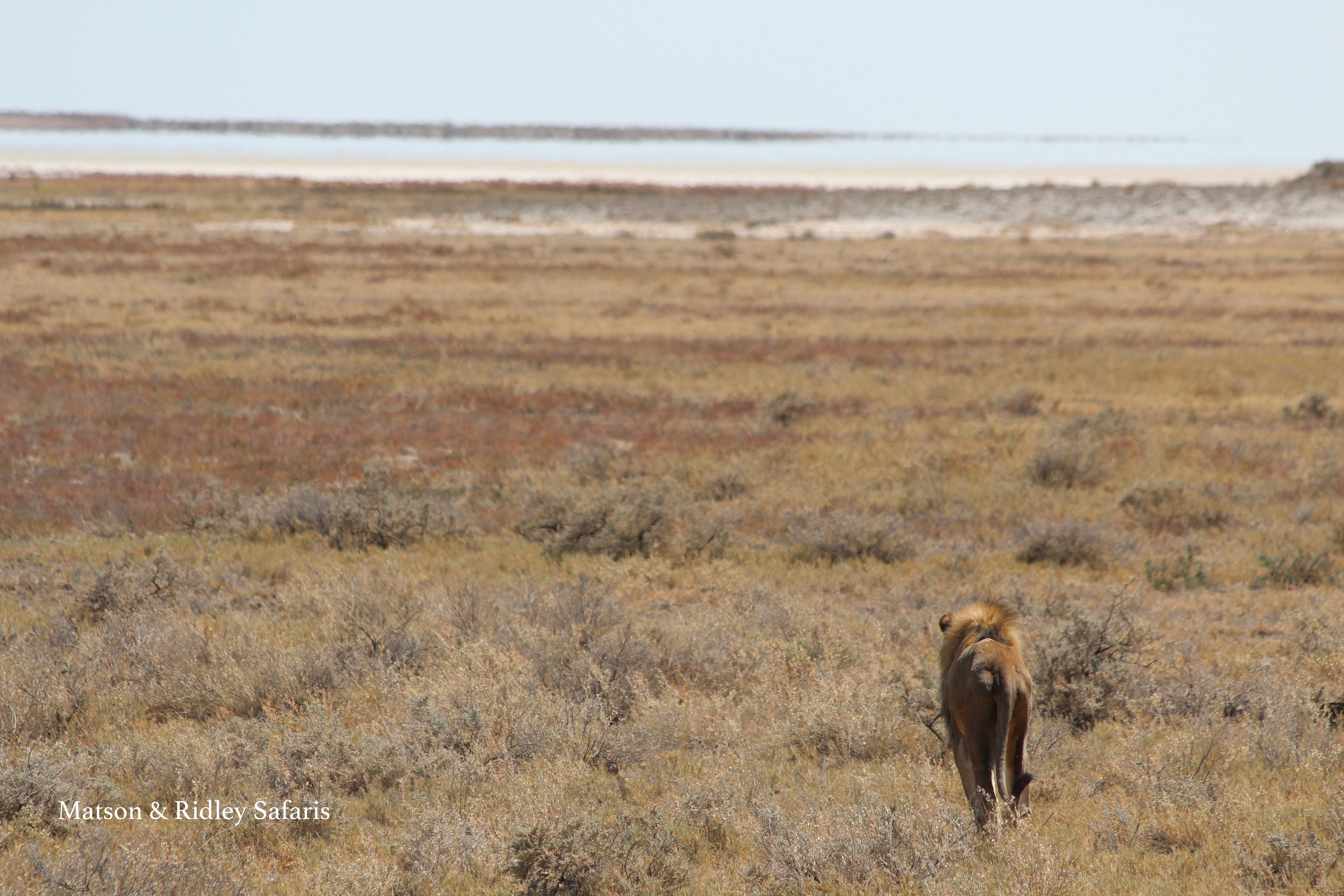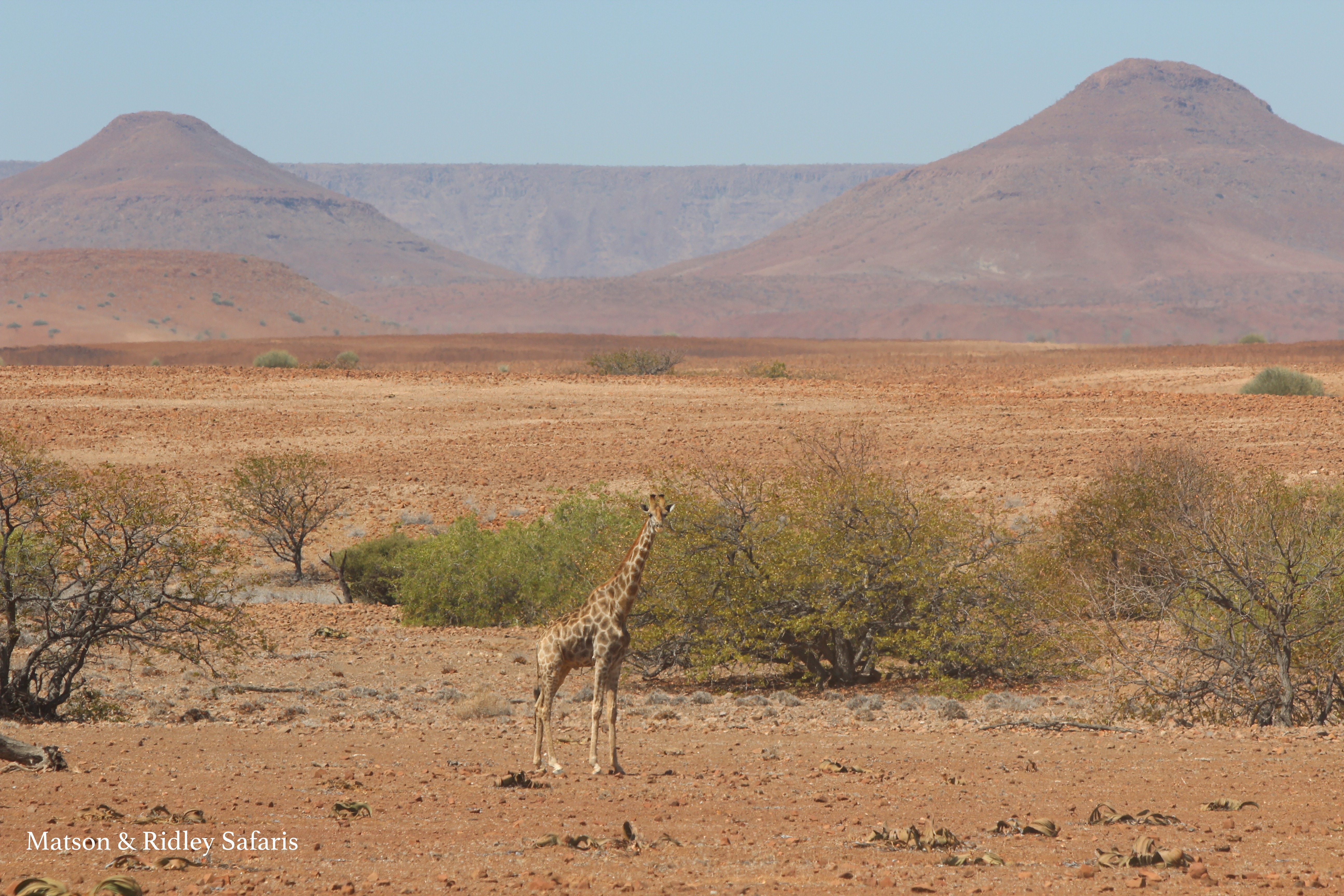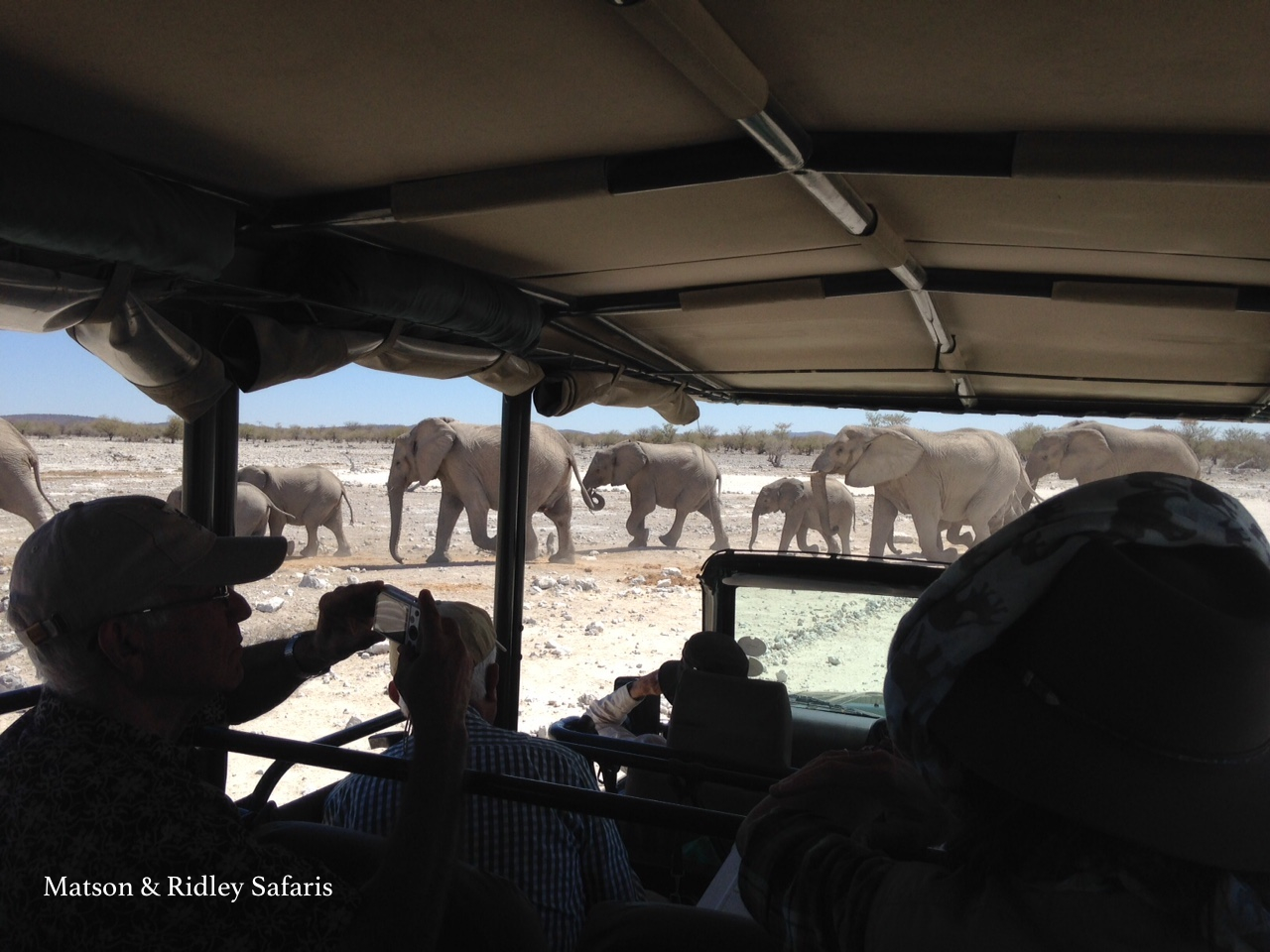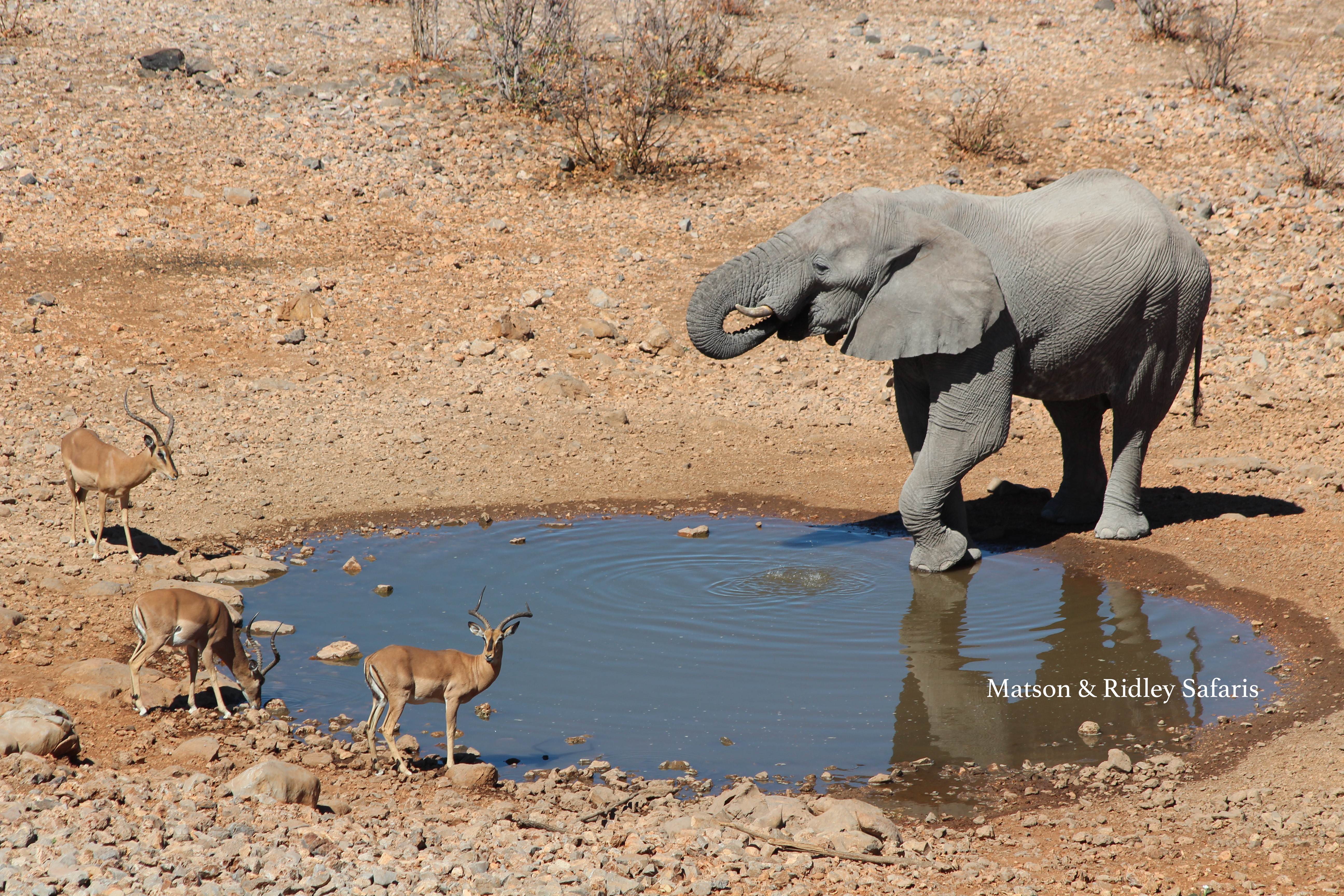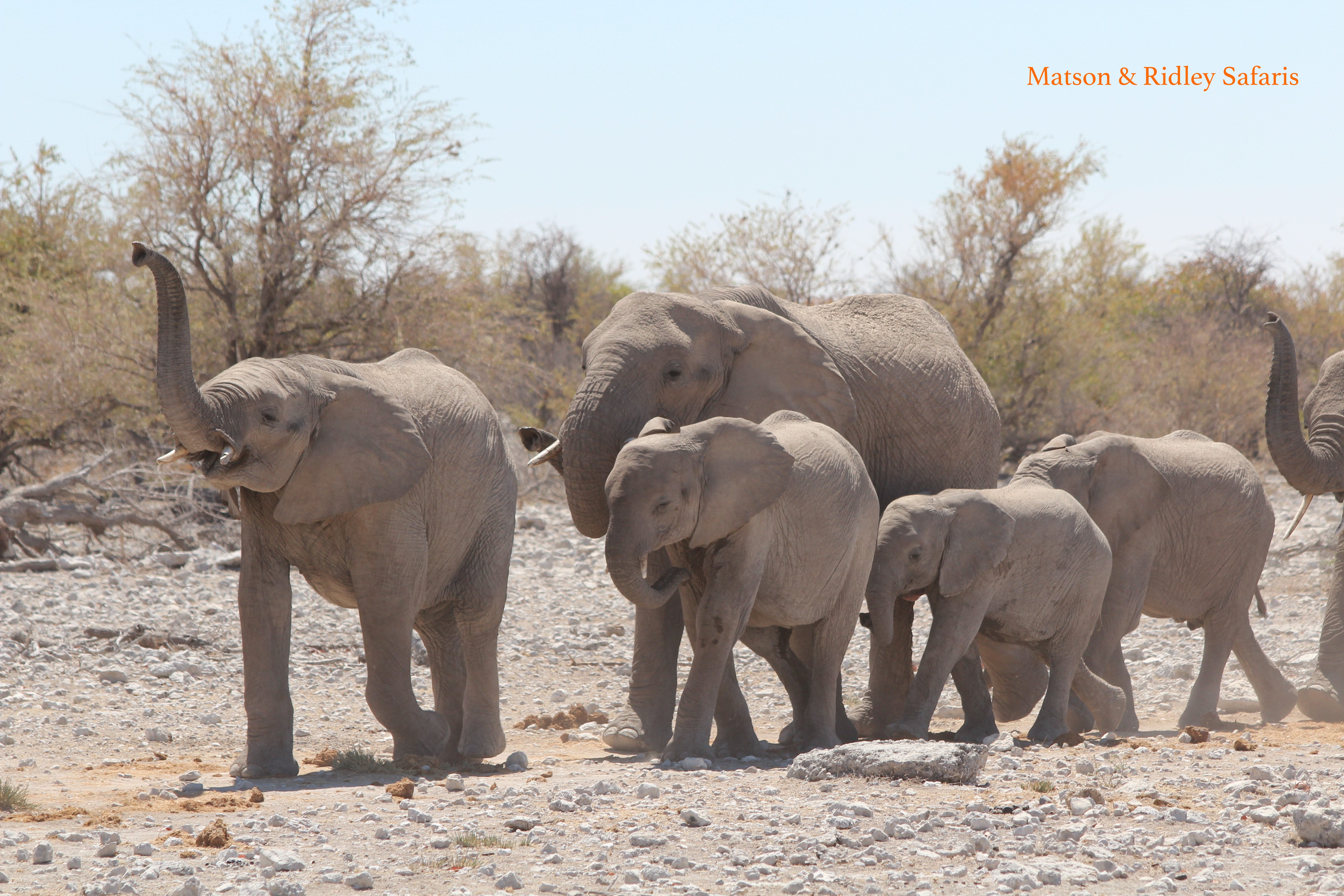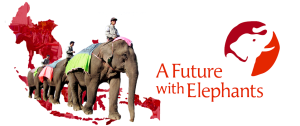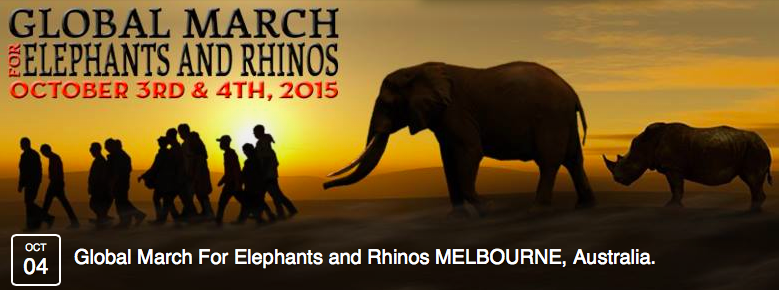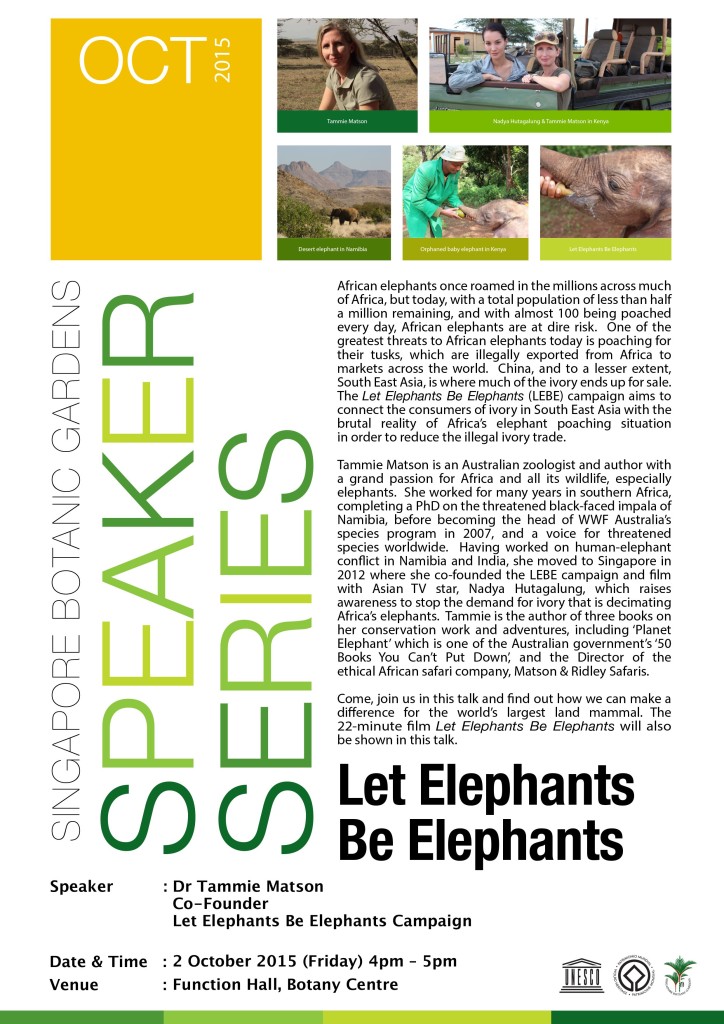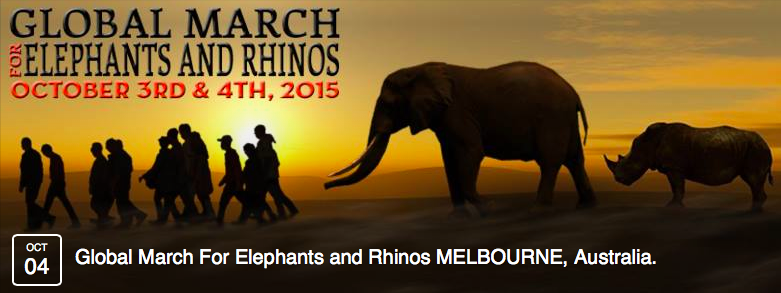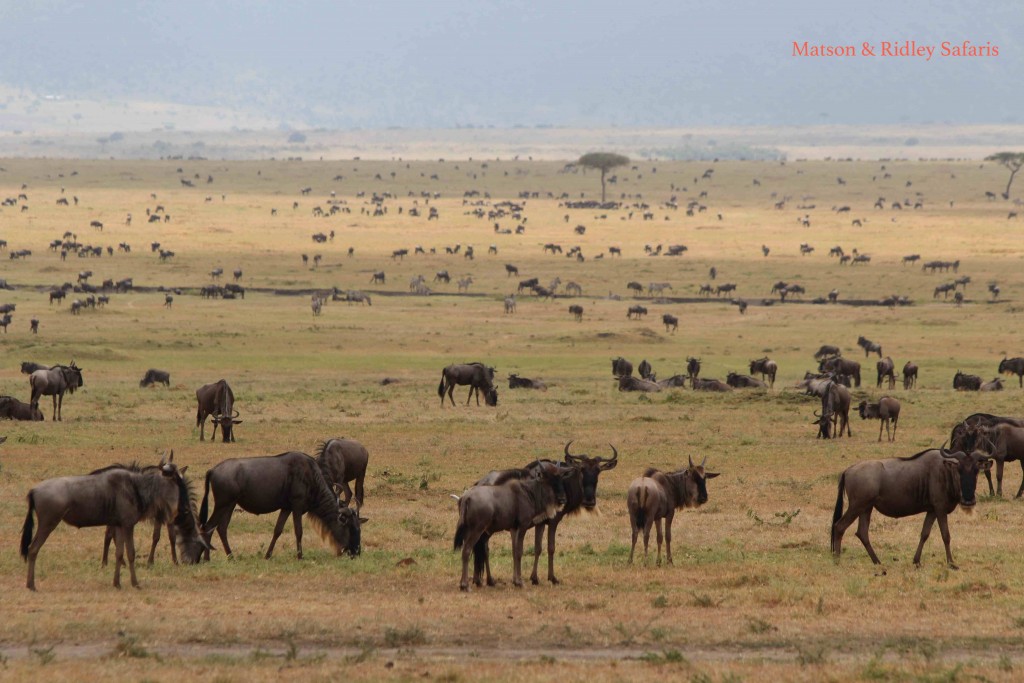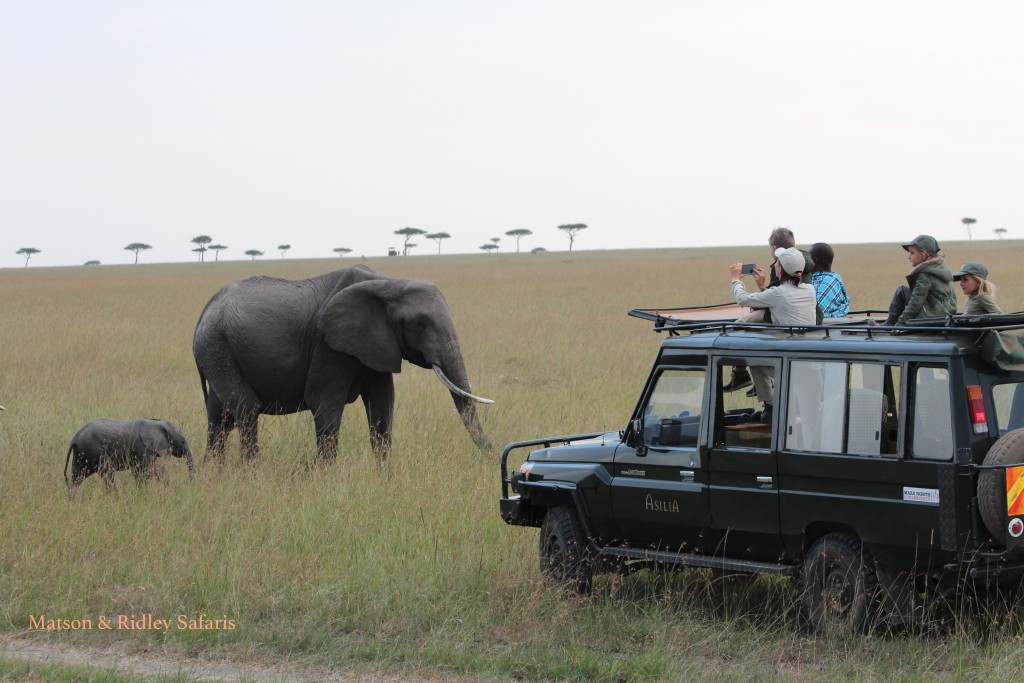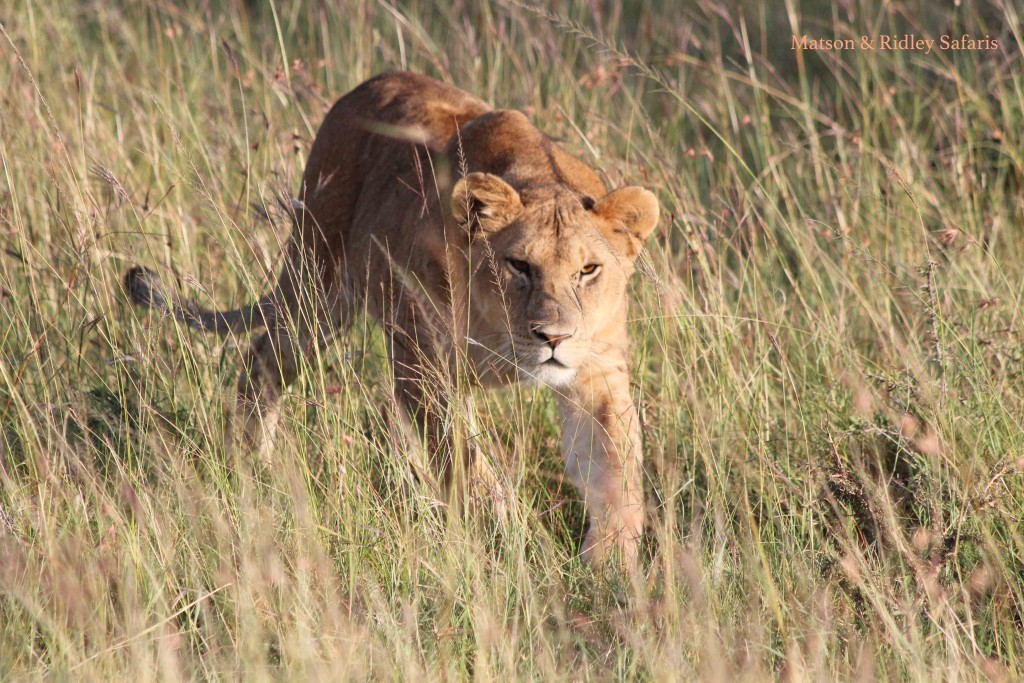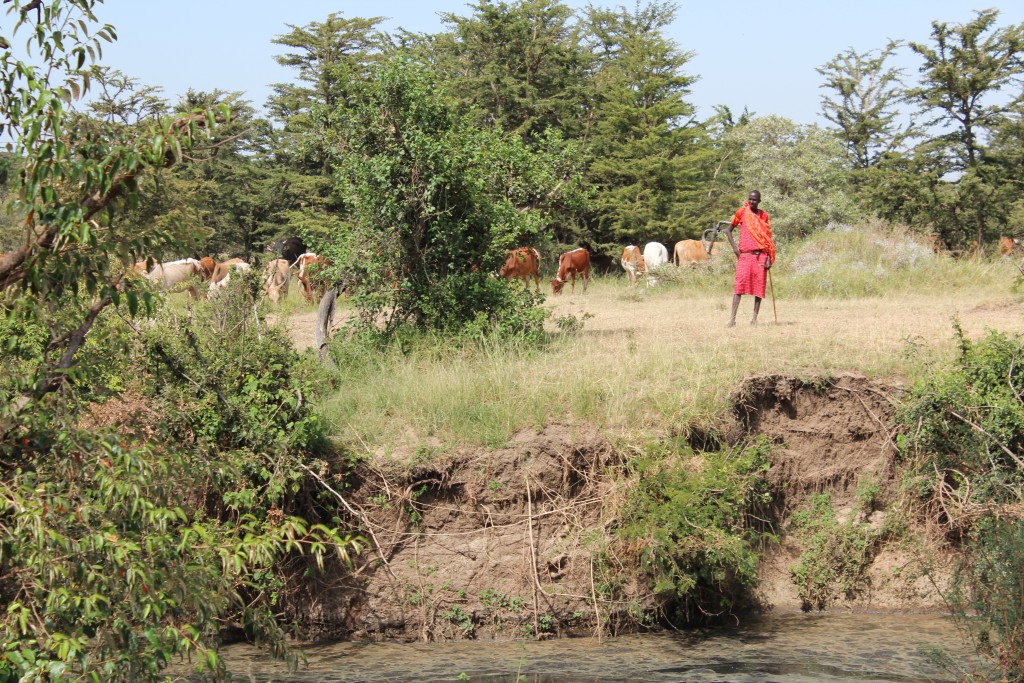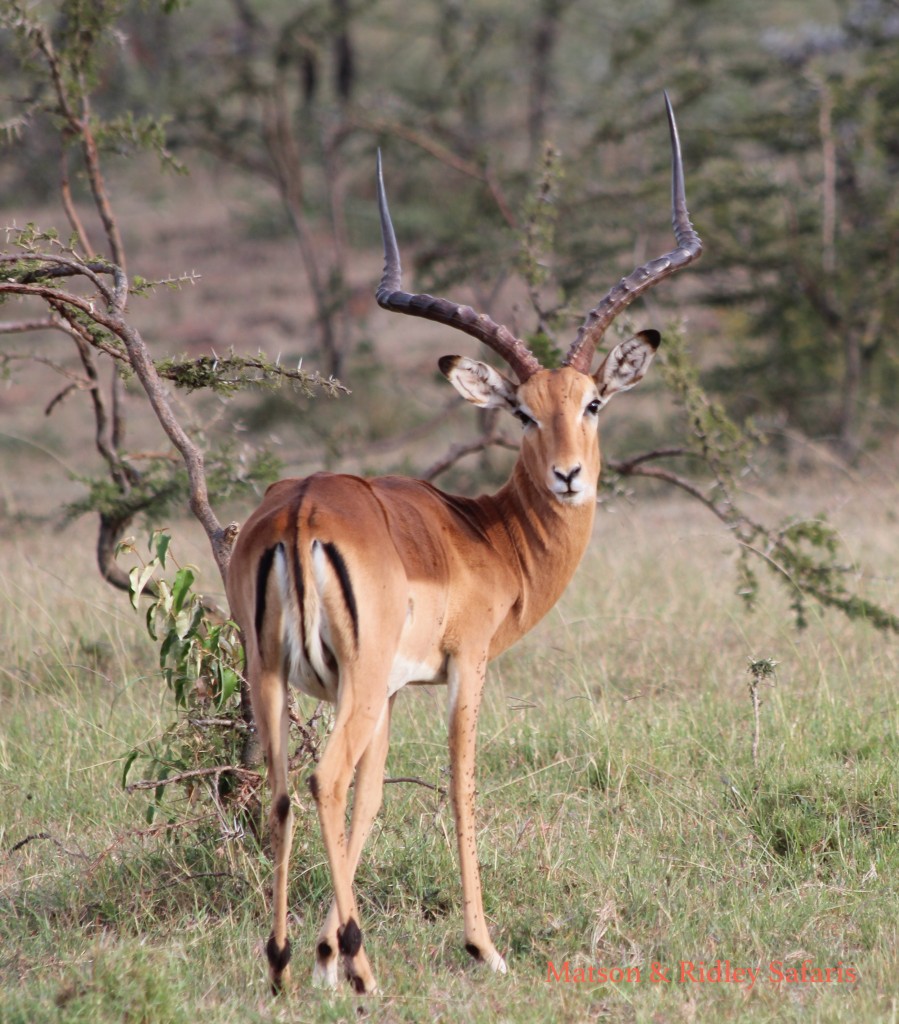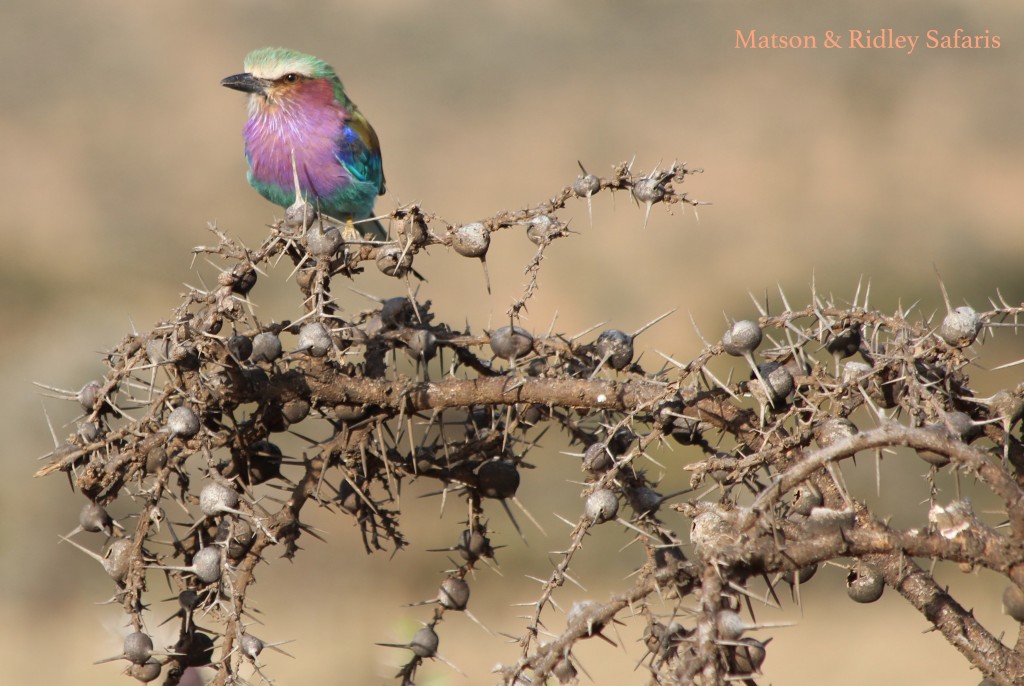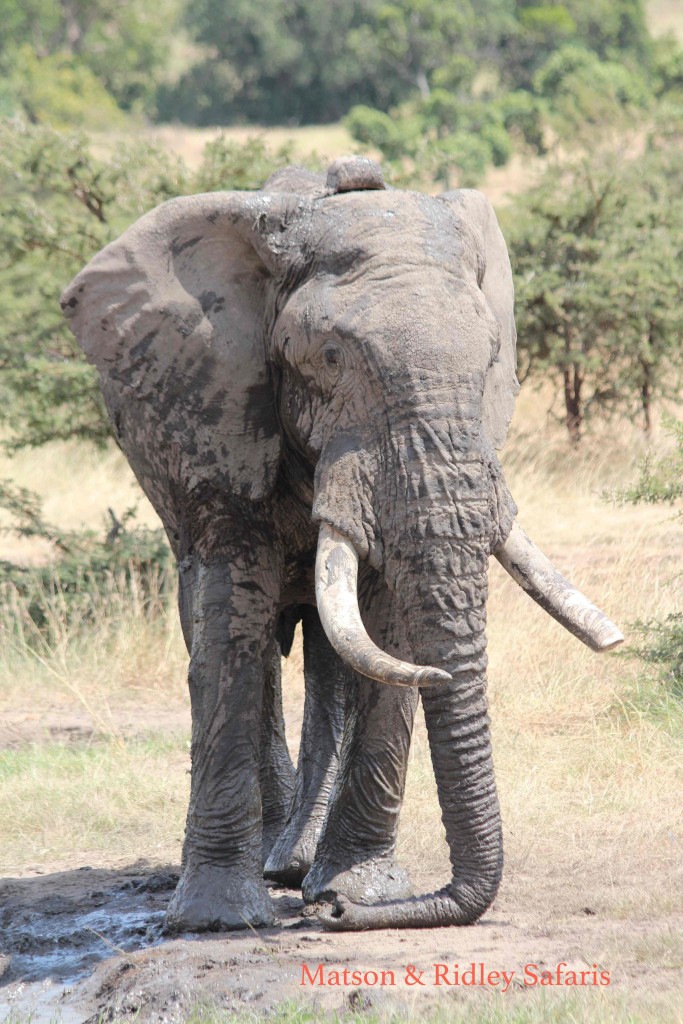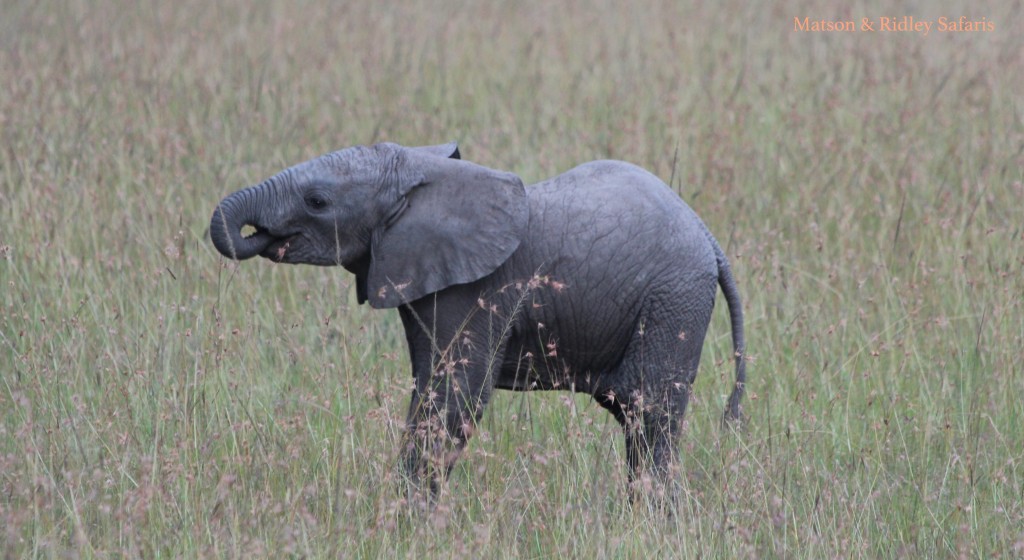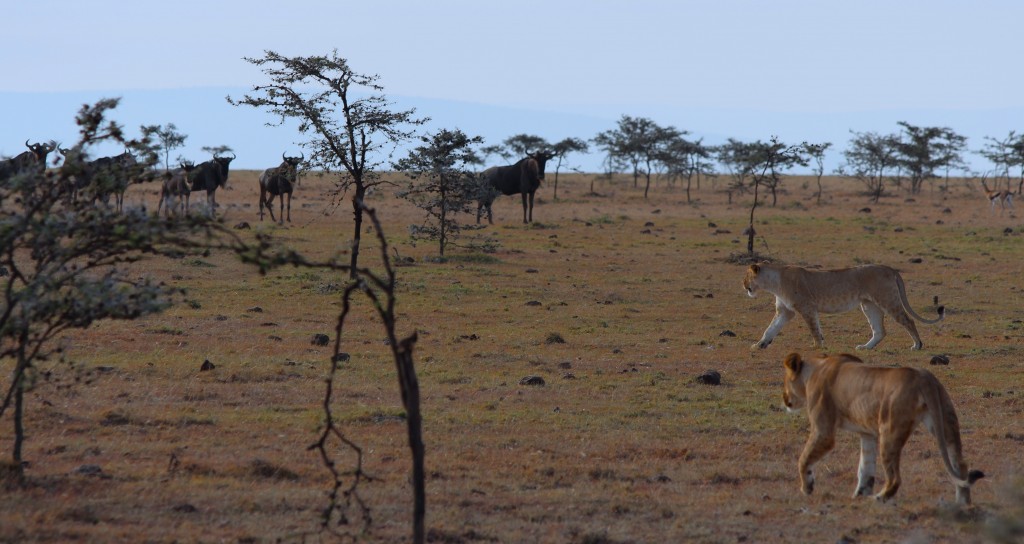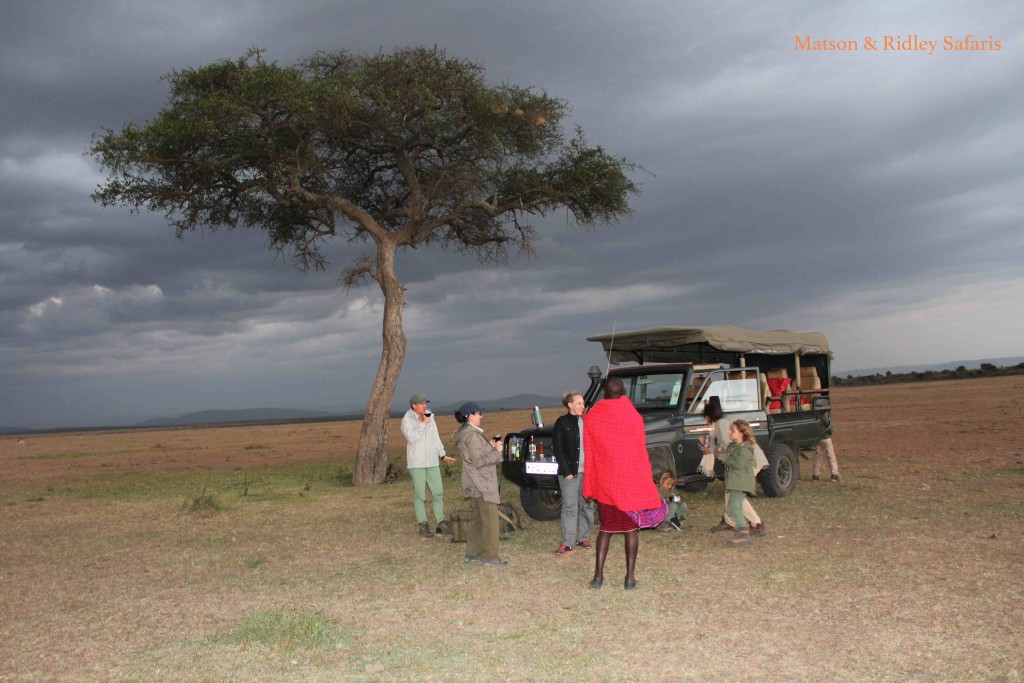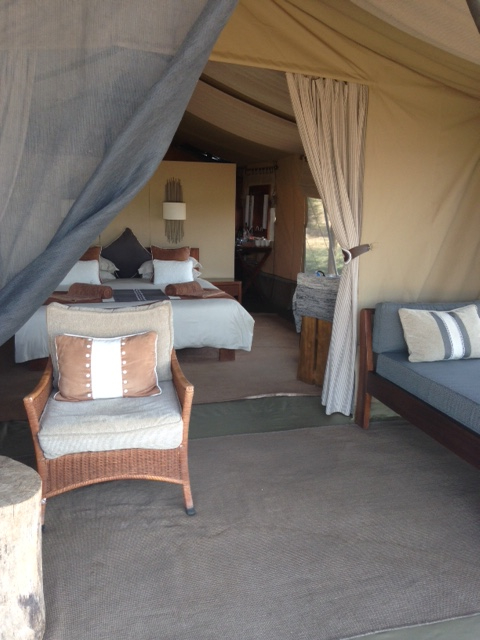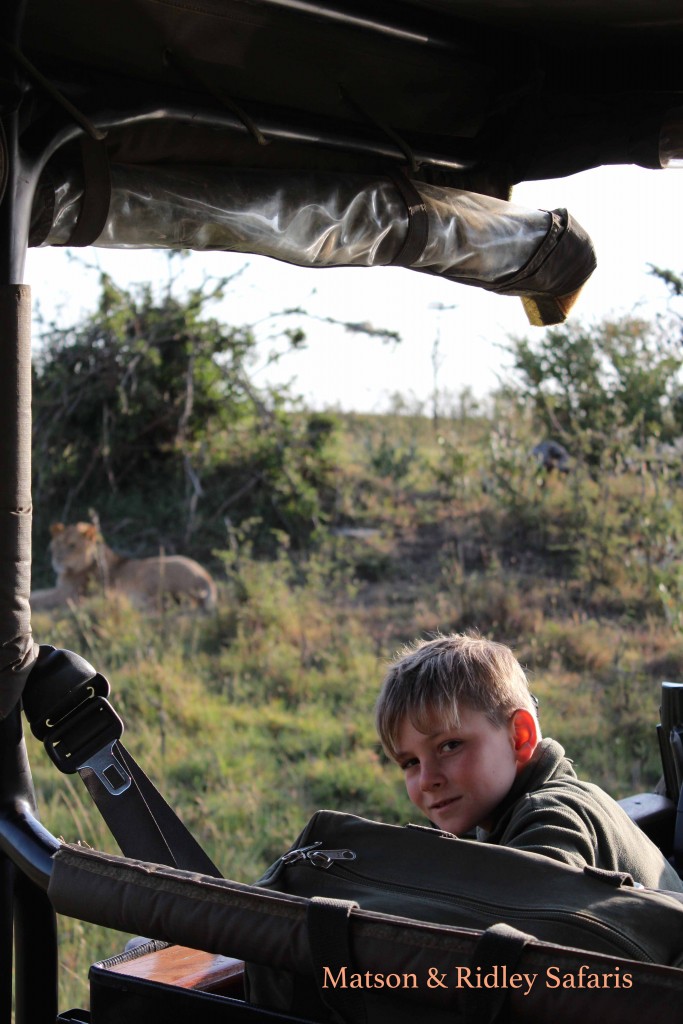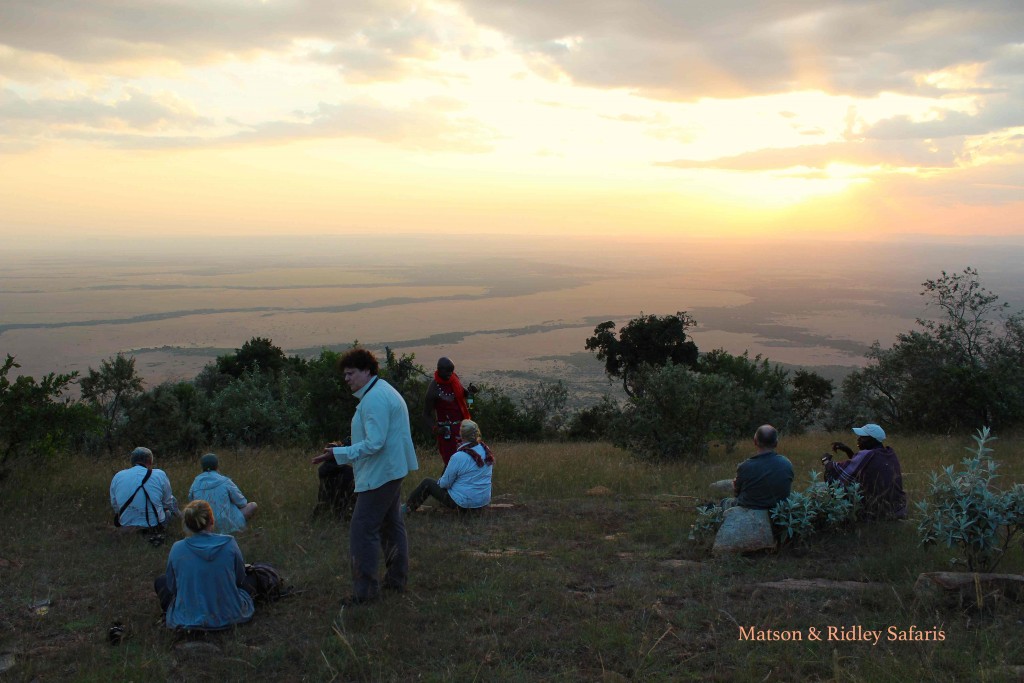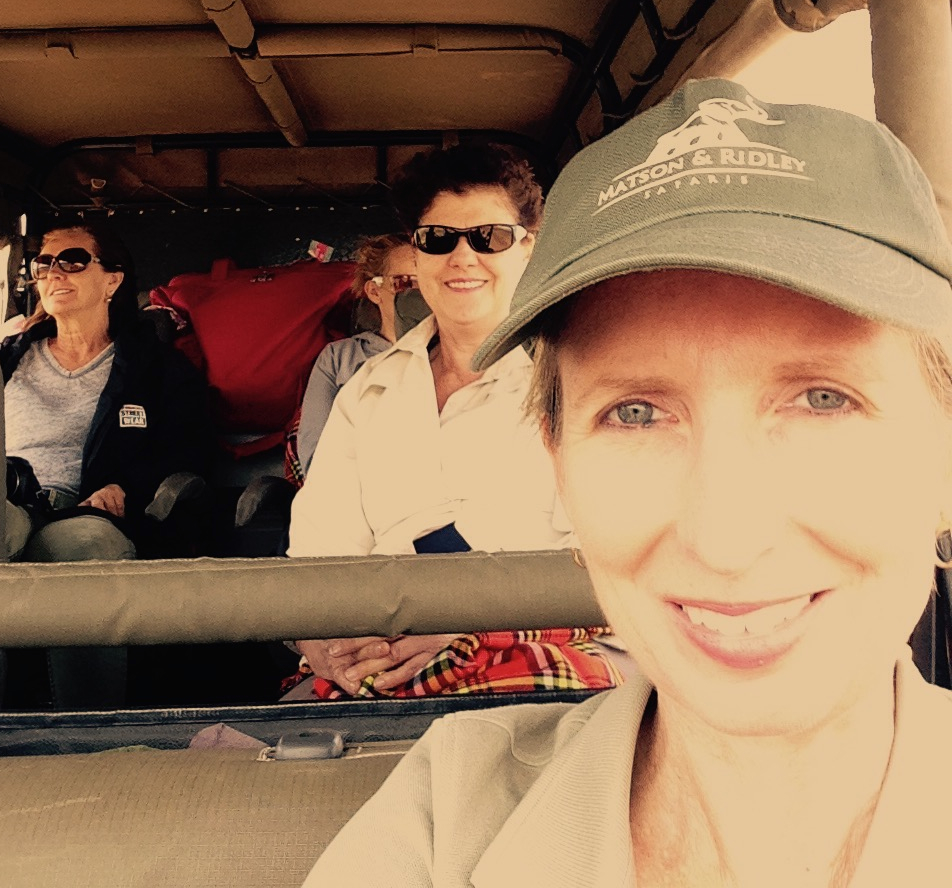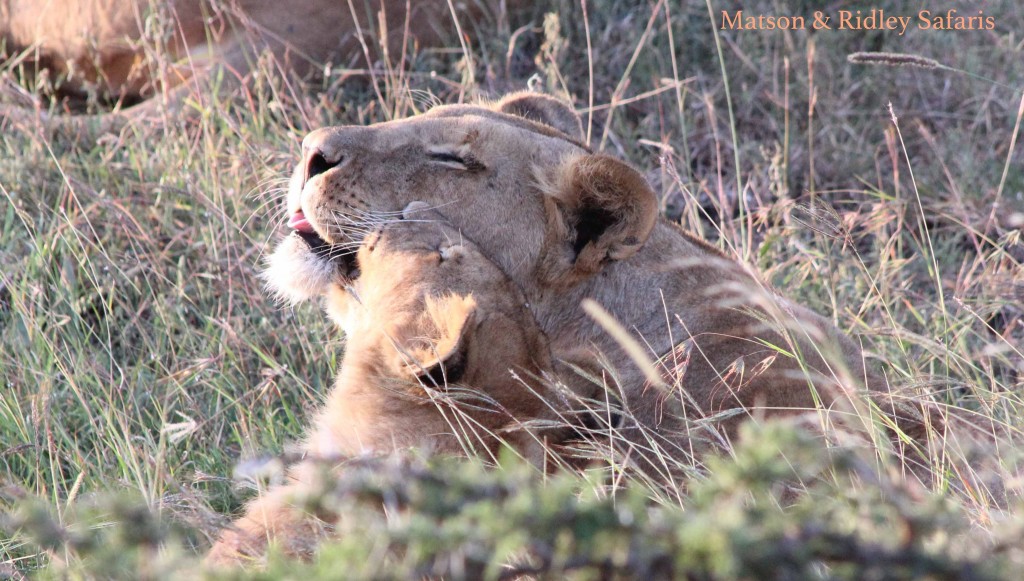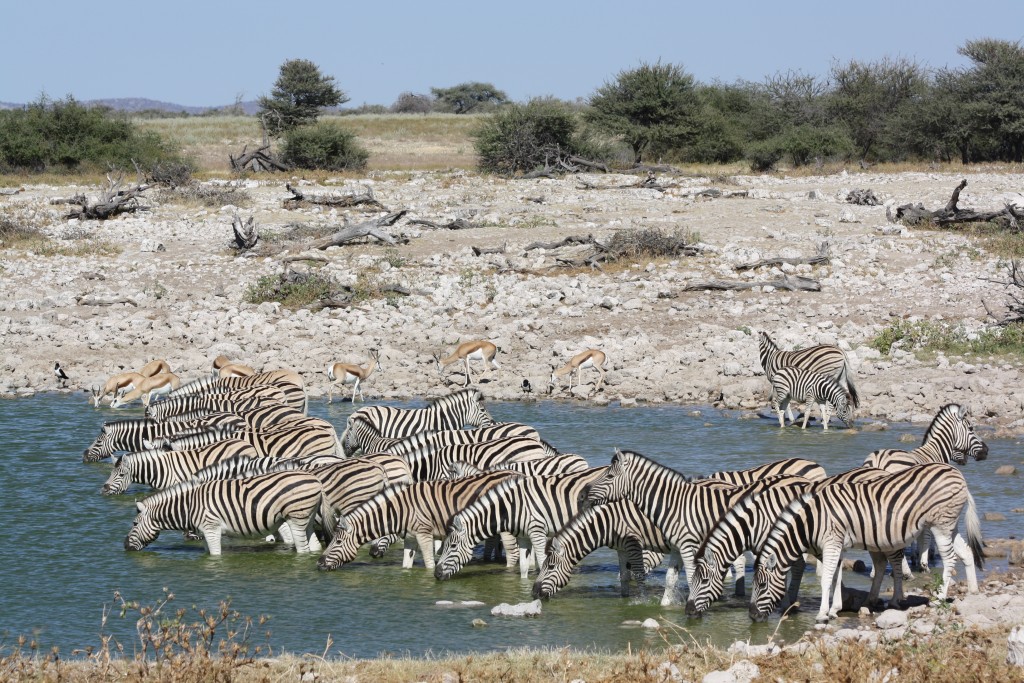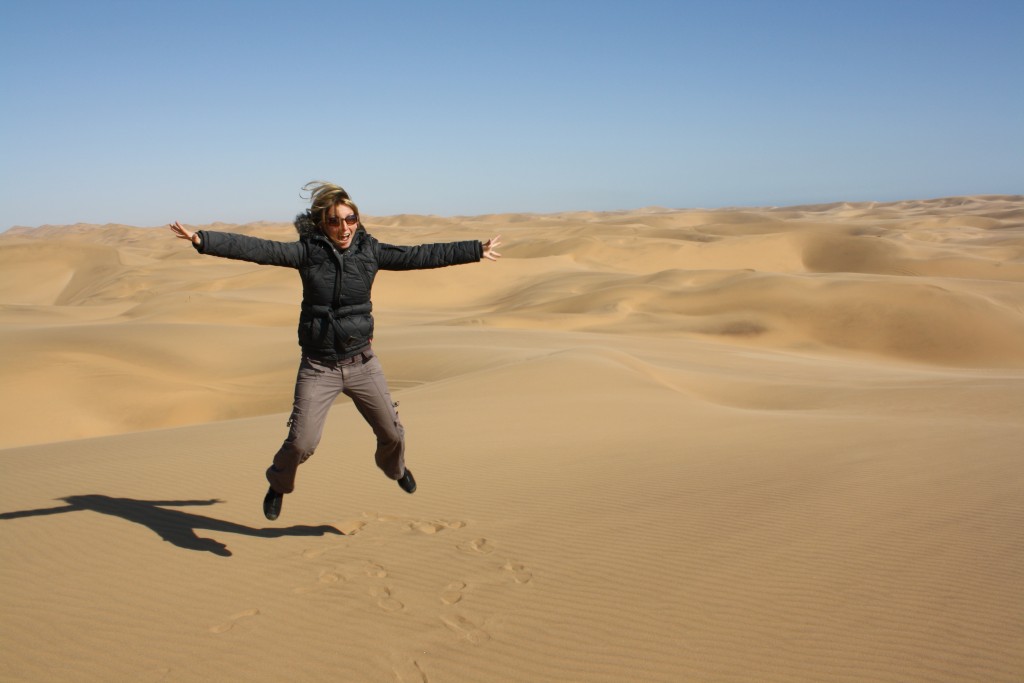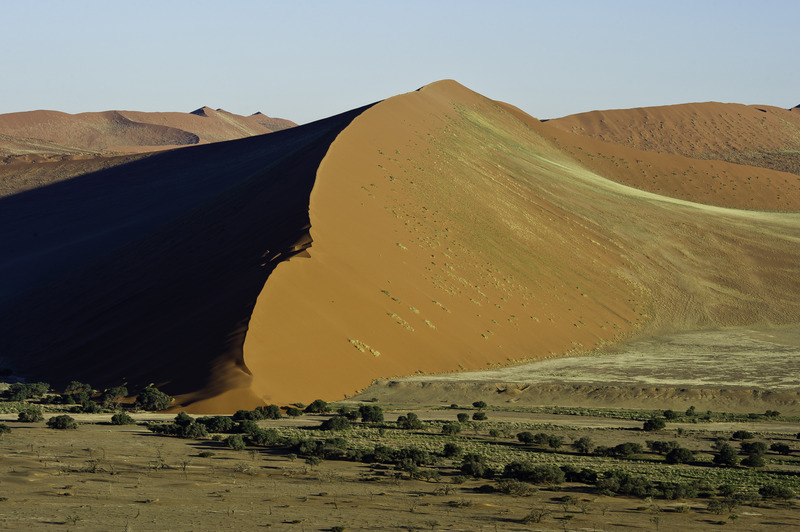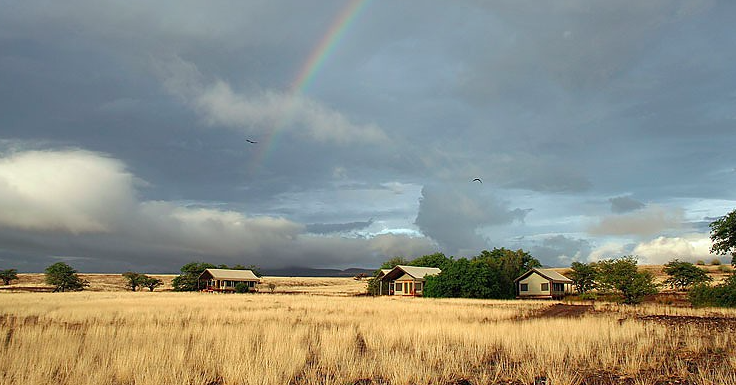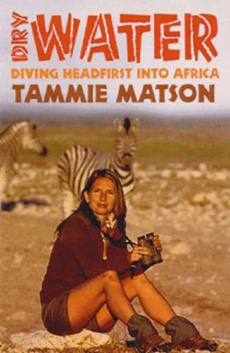Launch of our new website
Happy new year and here’s hoping your year has lots of inspiration and adventures of the African kind in it!
To kick off 2016 with a resounding trumpet we’d like to share the exciting news that Matson & Ridley Safaris’ new website matsonridley.com is now live! For a dose of inspiration and some ideas on your next African adventure, please take a look and share it with your friends.
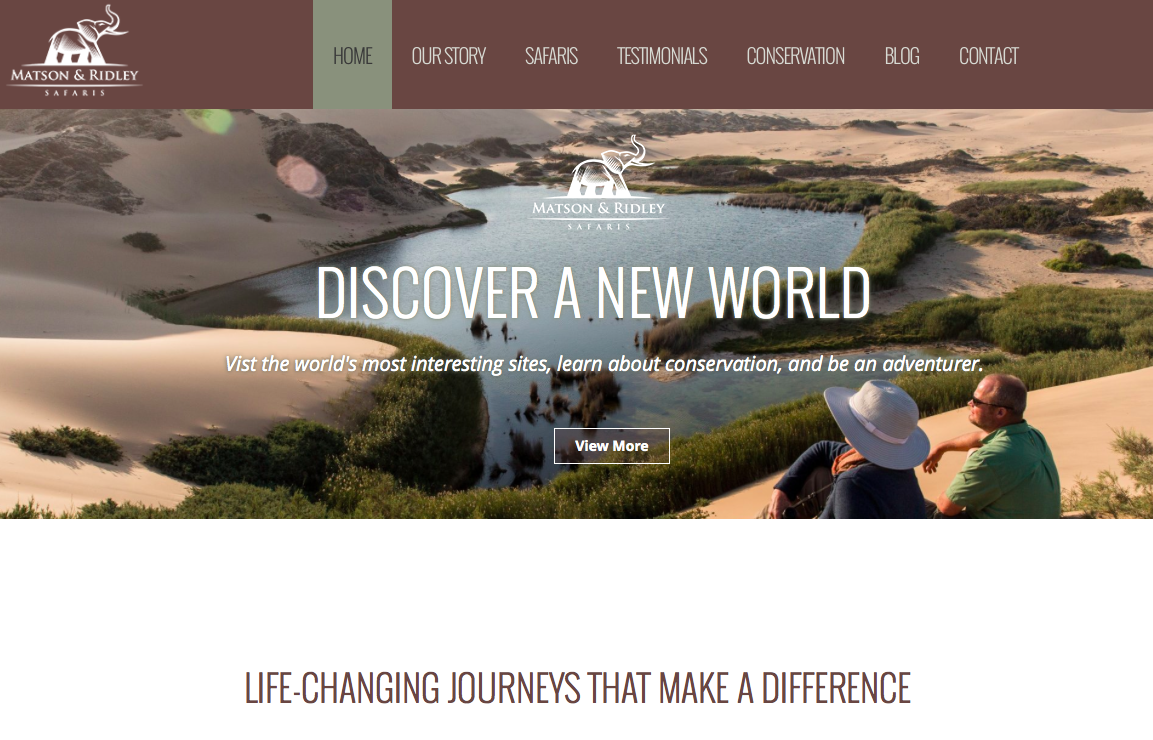 Matson & Ridley Safaris has been a labour of love of Andy’s and mine for the last two and a bit years, and we’re delighted that many of you have already been on not one but two safaris with us, as well as signing up for more in the future. I think this is a sign that we’re on the right track with the life-changing experiences in Africa that we’re offering.
Matson & Ridley Safaris has been a labour of love of Andy’s and mine for the last two and a bit years, and we’re delighted that many of you have already been on not one but two safaris with us, as well as signing up for more in the future. I think this is a sign that we’re on the right track with the life-changing experiences in Africa that we’re offering.
You can read some of the feedback we’ve had from guests on our safaris on our Testimonials page. The overwhelming feedback we get is that people love the fact that they’re not just having an amazing experience on our safaris, they’re also learning a lot while there, very importantly, able to also give back while on holiday, and to see their positive contribution with your own eyes. You can read more about the conservation projects we support on our Conservation page.
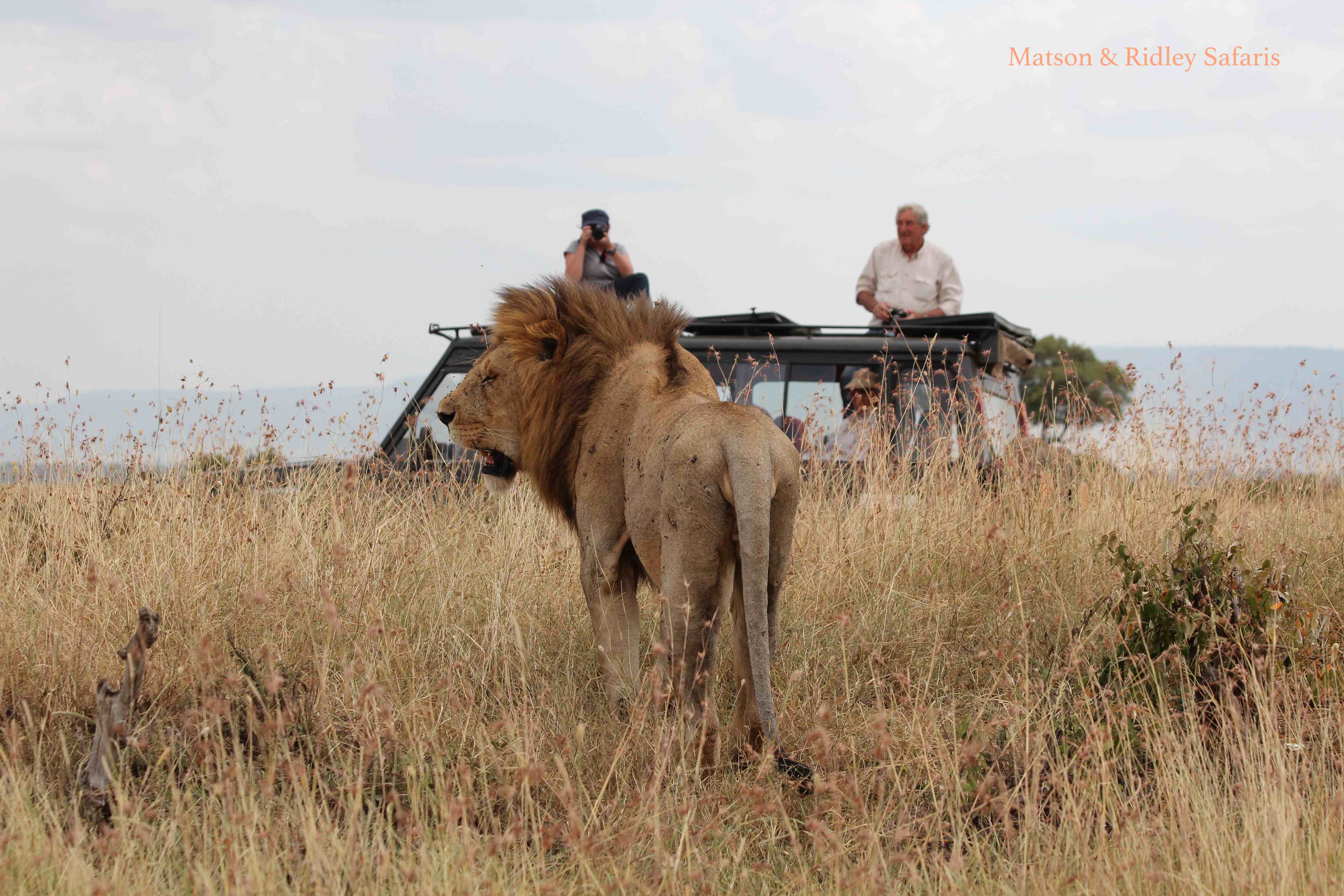
Tammie’s group watches an exhausted male lion (in between a week of mating every twenty minutes) in Kenya in July 2015
We are learning, growing and passionate about continuing to provide incredible safaris that make a difference to Namibia, South Africa, Zimbabwe, Botswana, Kenya, Tanzania and Rwanda (and open to any others you suggest to us!). Check out our Safaris page to learn more about the destinations we tailor safaris to. Life is short and there’s so much to explore!
Our family safaris are growing increasingly popular, so if you’re interested to learn more about taking your precious treasures on the trip of a lifetime check out our Family Safaris page. There are great deals available with discounted rates for kids.
If you’ve had a great safari with us, please let your friends know about us and help us grow our business into one that can really make a difference in conservation. Go on – take a moment for an Africa fix – matsonridley.com is now live!
Wishing you a happy holiday!
It’s that time of year again, and it seems to have crept up so quickly (or maybe I’m just getting old!). Now at the end of our second year in business at Matson & Ridley Safaris, Andy and I wanted to thank you for your support and to wish you a wonderful Christmas and new year. I’ve put together this short video (scroll down to see it), which I hope you’ll enjoy, sharing a few special memories of my adventures with you in the last couple of years in Botswana, Kenya and Namibia. Thanks to all who shared their photos for this, but in particular a big thanks to all the people who made these journeys so wonderful in Africa’s most incredible wild destinations!
For me, it’s a real joy to be able to reflect back and know that our fledgling safari business is helping support so many worthwhile on-ground conservation initiatives, from the Save The Rhino anti poaching efforts in Namibia, to the Giraffe Conservation Foundation, David Sheldrick Wildlife Trust and the Mara Naibosho Lion Project. Those who come on my safaris often get to meet some of the dedicated people behind these operations.
And of course, just by supporting Matson & Ridley Safaris, you’ve helped me continue to keep spreading the word in the Let Elephants Be Elephants campaign, around Singapore, Hong Kong, the Philippines, Australia and even in my new base in the Netherlands. The LEBE campaign has raised approximately SGD$40,000 (almost US$30k) for awareness raising on ivory trade in Asia since its inception, and Nadya and I have spoken at dozens of schools, events, conferences and government departments across the region. A new study by Save The Elephants just revealed that growing public awareness through campaigns like the one by WildAid in China have played an important role in the halving of the price of ivory in the past year, a truly outstanding result that will help reduce elephant poaching. Our LEBE campaign continues in Southeast Asia in 2016 – more news to come on that soon.
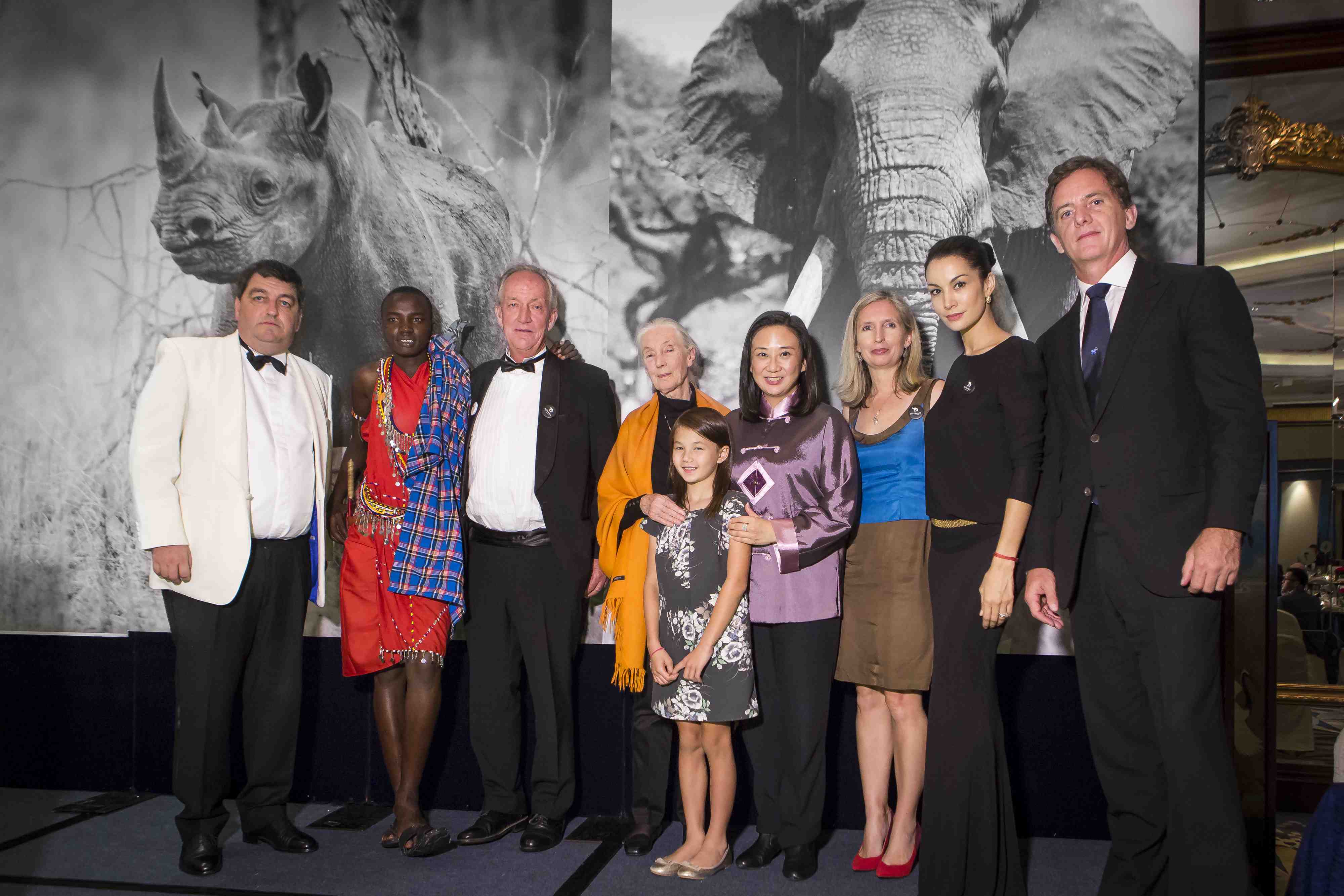
The LEBE team at one of our awareness and fund raising events in Hong Kong, with the team from the Hong Kong Elephant Society, Jane Goodall and Richard Bonham of the Big Life Foundation (photo: Hong Kong Elephant Society)
But I think our biggest contribution through Matson & Ridley Safaris is the benefits your safari bookings provide in terms of local employment in Africa. Wilderness Safaris recently released a breakdown of how your safari dollars are spent, and most enlightening for me was that about two-thirds goes to local employment. This is so important! In Africa, conservation of wildlife is directly related to the economic benefits people get from wildlife, and so this really is a win-win scenario for both people and wildlife. In rural areas where these camps are, there are few other economic opportunities for people, so ecotourism done right can be a real lifeline. Asilia Africa, who we work with to plan your East African safaris, focus on education and conservation, as well as community partnerships to deliver long term sustainability that benefits local people. You can read more about their positive impact and approach to sustainable business development here. When you go on one of our safaris, either independently or with me, don’t forget to ask about all the incredible work these ecotourism companies are doing to ensure that you not only have an amazing experience but that the local people and wildlife directly benefit from the monies you spend.
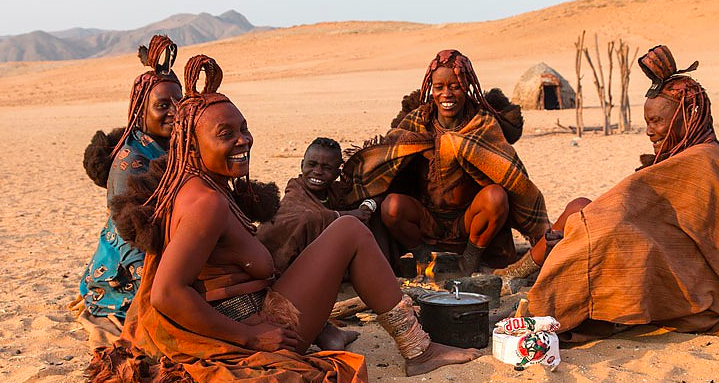
Providing local employment in rural areas in Africa is one of the most important contributions made by ethical safaris (photo: Wilderness Safaris)
Very soon we’ll be launching the new Matson & Ridley Safaris website, but in the meantime you can find us on the Matson & Ridley Safaris Facebook page – like us here to see the latest updates on all our safari offers and opportunities, and you can share your photos there too. We have big dreams for our conservation work – please help us get there by spreading the word about our ethical safaris!
Don’t forget it’s not too late to sign up to join me in northern Zimbabwe in September next year, and I still have one spot left for a single woman sharing in North West Namibia in May (last minute discount available for the latter). There are great deals available for family and group safaris in 2016 all over Africa’s safari regions, especially if you go in the green season. May 2016 be a year of adventure, excitement and inspiration for you all and I hope to see you by the campfire under a starry African sky soon!
Rwanda & Tanzania Journeys with Tammie August 2017
Ever dreamed of getting up close to endangered Mountain Gorillas? This has always been on my ‘wish list’ to do one day, ever since I read Dian Fossey‘s ‘Gorillas In The Mist’. Such close relatives to us, I really can’t imagine what it will be like to be eye to eye with wild gorillas, but I imagine it will feel a lot like meeting a long lost family member!
I’ve also always wanted to see the Great Migration in the Serengeti, and the famous Ngorogoro Crater, focusing on the time of year when the wildebeest herds are crossing the croc-infested rivers. It must feel like you’re in the cradle of humankind when you experience animals in the kind of numbers that the Serengeti is known for. I can’t imagine the wow factor when you’ve got all those animals around you and it’s not a David Attenborough documentary!
As always with my personally-led safaris, I’ve chosen the camps and safari operators to maximise our positive impacts, which means that your safari is as good as a donation to charity. Responsible tourism is all about supporting local communities, because this is what keeps poaching at bay. You will pay more on one of my safaris, but that’s because we are giving back directly to local communities and wildlife. Your contribution goes right to the ground where it’s needed most, supporting local economies based on wildlife. I’ll be with you sharing zoological and conservation insights, along with our local guides, and we can expect the very best standards from the operators I work with. You also get the added benefit of having experts in wildlife conservation come and talk to us about their work in the areas I take my groups, something I arrange personally.
In August 2017, I’m offering two amazing journeys back to back, first to Rwanda to see the Mountain Gorillas and then to Tanzania for Ngorogoro and the Serengeti. You can do either one, or both, with me, and if you like you can add on an additional few days at Mount Kilimanjaro, exploring the foothills of this magnificent part of the Great Rift Valley. This is a dream safari – both of them are actually – so get in touch with me if you’re interested at this stage as I’m taking a list. I’ll be taking deposits to secure places early next year (and hoping for an improvement in the Aussie dollar next year for my Aussie friends who want to join).
Mountain Gorilla Conservation Safari, Rwanda
“Eye to eye with gorillas… this is a journey that will touch your soul”
Dates: 7-12 August 2017
Group size: 10
Max price: US$5650 per person sharing
7 August – Arrival and transfer to Kigali Serena Hotel
8 August – Transfer to Sabinyo Silverback Lodge via a visit to the Genocide Memorial Museum.
9 & 10 August – Gorilla trekking. Overnight at Sabinyo Silverback Lodge.
11 August – Trek to see the Golden Monkeys, prior to transfer to Kigali Serena Hotel.
12 August – Transfer to Kigali Airport for flight out.
Includes 2 x official gorilla permits (US$750). Almost everything is included in the price other than your international return flight. For full itinerary and inclusions contact me here.
Why did I choose Sabinyo?
Sabinyo is Rwanda’s first ever community owned lodge. This counts for a huge amount because when local communities are owners – not just employees – they have a genuine incentive to want to conserve their natural heritage supporting the economy. This is the best kind of conservation you can get. The lodge was built by the Governors Camp Collection in collaboration with the African Wildlife Foundation and the International Gorilla Conservation Program to provide income to fund development in the local community and conserve the endangered Mountain Gorilla. Read more on the positive impact your stay at Sabinyo will have here.
Tanzania Conservation Safari
Dates: 11-17 August
(NB. for those doing the Rwandan safari too, their Tanzania safari starts on 12th and at reduced price as they don’t do the first night at Machweo, but fly direct from Kigali to Ngorogoro)
Maximum Price: US$6850 per person sharing
11 August: Collection from Kilimanjaro Airport and transfer to Machweo Wellness Retreat for overnight stay
12 August: Collection from Machweo and drop off at Arusha Airport for your flight to The Highlands, Ngorogoro Crater, followed by afternoon community visit.
13 August: Full day game drive into Ngorogoro Crater. Opportunity to visit the Empakaai crater and climb the Olmoti crater. Good chance to see wildebeest, zebra, gazelles, ostrich, cheetah and flamingoes.
14 August: Transfer from The Highlands to Kimondo Camp, where we will stay for 3 nights, enjoying the spectacle of the Great Migration right on our doorstep.
17 August: Transfer to local airstrip for flight to Kilimanjaro Airport.
All internal local flights, meals and drinks, luxury accommodation and transfers are included in the price, along with park and conservation fees.
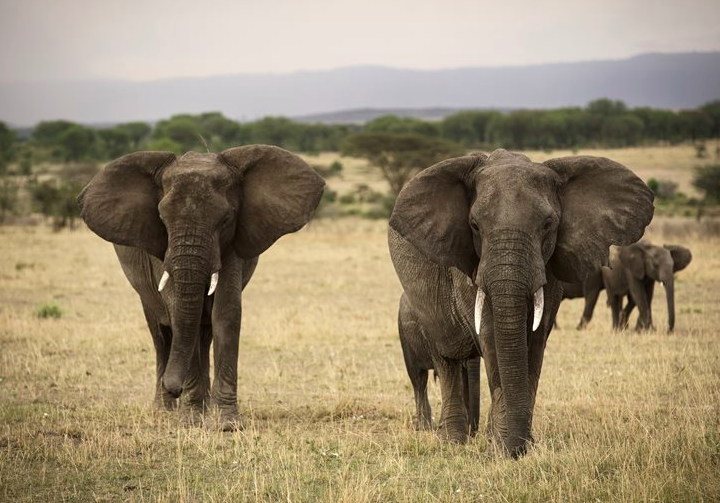
While Tanzania’s elephant population has taken a major hit in the past five years, this area provides a safe haven for them (photo: Asilia)
Optional Add On:
Dates: 17-19 August
Price: US$1600/person sharing
17 August: Fly from Kimondo Camp to Shu’mata Camp at the foothills of Mount Kilimanjaro and spend some time exploring this beautiful region. This camp is linked to the Momella Foundation. 2 night stay.
19 August: Return transfer to local airport for your flight to Kilimanjaro Airport.
Why did I choose these camps?
Firstly, they are in the best areas for us to experience a private and outstanding wildlife experience during the Great Migration. There’s nothing worse than lining up behind a dozen minivans at a cheetah kill, which is unfortunately what you get if you go to the reserves in peak season in East Africa. With my groups, I opt for exclusivity and the optimum wildlife viewing experiences, in a safe pair of hands. My ground operator for this outstanding safari is Asilia, which I know I can rely on to provide excellent service, beautiful boutique style tented accommodation and local guides with an intimate knowledge the local wildlife. On top of that, Asilia is a company known for what it gives back to local communities, which directly supports conservation. Read more about Asilia’s positive local impacts here.
Contact me to register your interest in either one (or both!) of these safaris now and I look forward to sharing this amazing adventure with you!
Limited Places Left on my 2016 Safaris (& a sneak peak at my 2017 safaris!)
I’m getting very excited about my upcoming safaris in 2016, which are set to be in some of Africa’s most spectacular wilderness areas! As always when you book with Matson & Ridley Safaris, the whole experience are specially hand-designed by me every step of the way to ensure that your hard earned dollars are spent as ethically as possible, to maximise benefits flowing back to African people and their wildlife. And of course, I choose the areas and camps I want to go to based on the best I can find in terms of wildlife experience, exclusivity, camp feeling and local culture – so you get a mind-blowing African journey that will change your life. Most groups I take are between 8 and 12 people, so you get to know people really well. Imagine yourself spending time with like minds on the savannah while watching elephants and then spinning a few yarns under the starry night sky by the campfire later – life doesn’t get much better really!
I have a few spots for my safaris left in 2016, but don’t wait to grab your spots as these have to be booked this year.
Kenya’s Maasai Mara in the green season, including a private visit to Daphne Sheldrick’s elephant orphanage
20-27 Feb 2016.
Up to 7 places left, but time is very limited to sign up for this trip as you only have until THIS FRIDAY! Check out my photos from last year’s trip. An unforgettable journey – I can’t recommend this area highly enough!
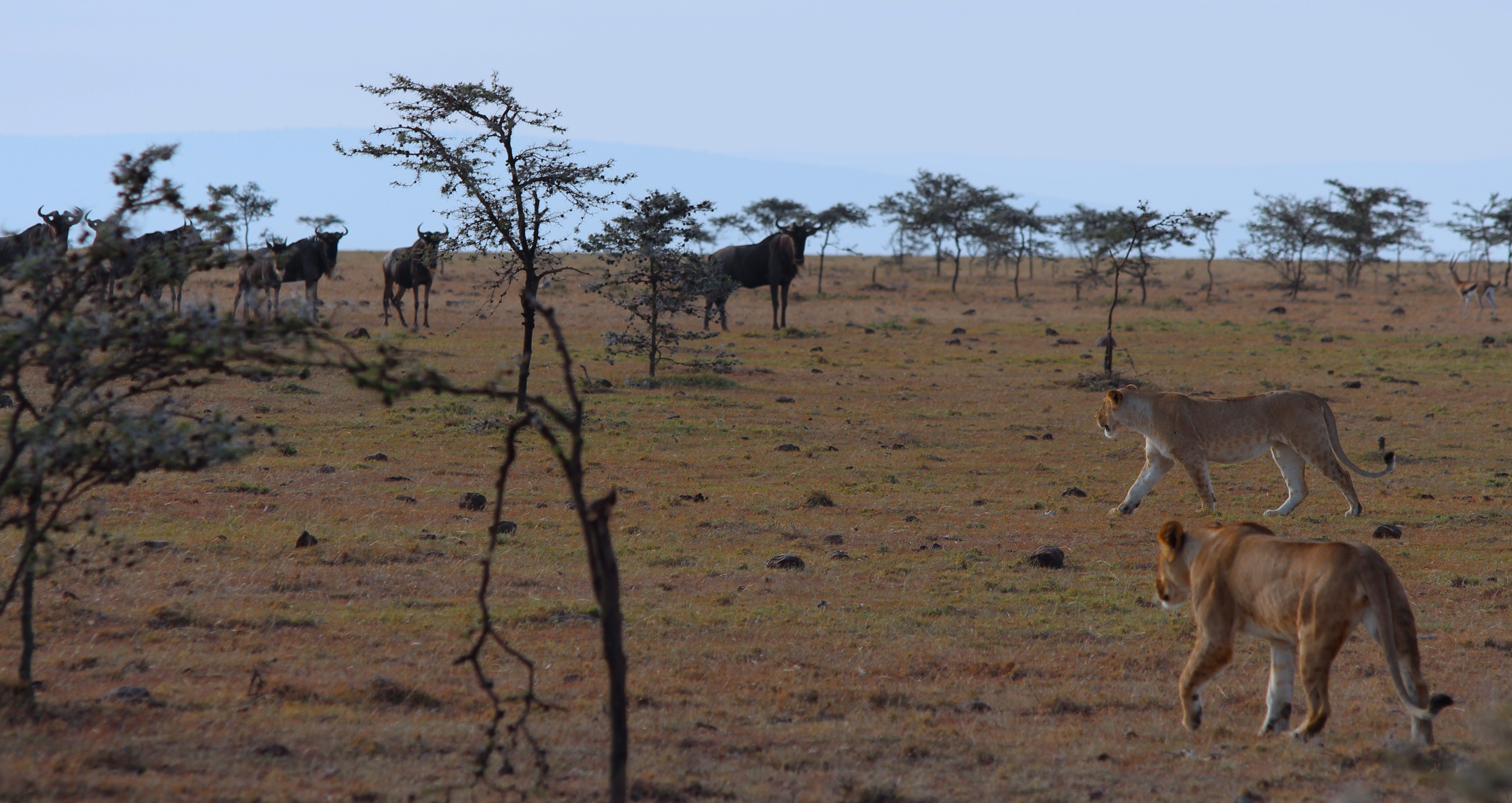
Lions thinking about chasing some wildebeest – a virtual buffet in the Maasai Mara (photo: Tammie Matson)
Namibia’s Skeleton Coast – Himbas, desert elephants & dunes!
20-27 May 2016.
Only one spot left for a single female!! Check out my photos from this year’s trip to Namibia.
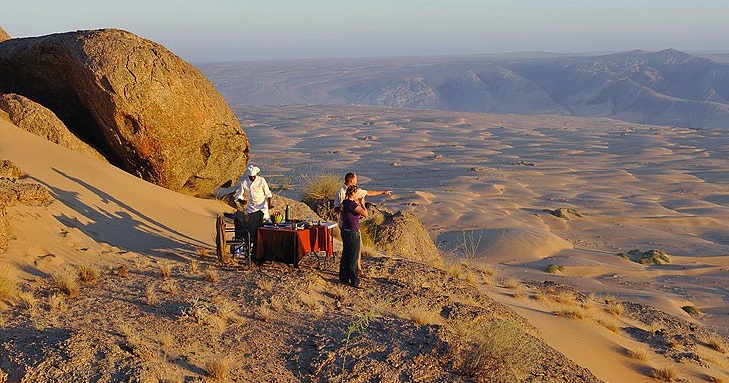
North West Namibia – one of the greatest wilderness areas left in Africa (photo: Wilderness Safaris)
Zimbabwe – Hwange, Mana Pools and Victoria Falls!
23-30 September 2016.
Only 3 spots left! This trip is different to the one I advertised previously as it focuses only on northern Zimbabwe. We are going to some of the most wildlife rich areas in Africa – an unbeatable nature experience at some of the most gorgeous camps in the country. Contact me for the itinerary.
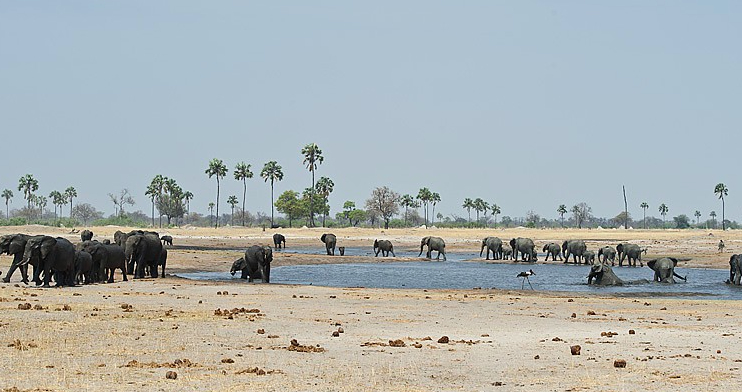
Elephants congregate in abundance in Hwange National Park, Zimbabwe – one of my favourite parks in Africa (photo: Wilderness Safaris)
My 2017 Safaris
Shortly I’ll be releasing the details of the conservation safaris I’ll be leading in 2017. I can share at this stage that there will be two back-to-back ethical safaris that you can join either one of or both during August 2017. The first, starting on 8 August 2017, will be to Rwanda to experience the incredible Mountain Gorillas up close and personal. The second starting 5 days later, is in Tanzania, exploring the great plains of East Africa’s Great Rift Valley, first at Ngorogoro Crater and then onto the world famous Serengeti, during the height of the wildebeest migration. There will be an add-on adventure at the foothills of Mount Kilimanjaro for those who are keen to continue the journey after the Serengeti! Full details of both of these adventures will be in a blog very soon, but do drop me a line if you’re keen to register your interest…
Price reduction for Kenya & special deals on Botswana!!
Kenya and Botswana are two of the most amazing wildlife destinations in Africa, but they do come at a price. If you’ve always wanted to travel to these countries, you can save a lot of money by going in the green season.
Today I can announce a great saving on my Kenyan safari from 20-27 February next year. I’m taking a small, intimate group of adventurers with me to the world famous Maasai Mara in Kenya, following a visit to the wonderful elephant orphanage run by Dame Daphne Sheldrick in Nairobi, staying in the best areas in communal conservancies that directly benefit local Maasai communities. I still have a few spots left and I’m offering them at a reduced rate if you get in quick!
Price now reduced to US$5000/per person sharing!! Contact me now for the full itinerary. This saving is only valid for the next two weeks til 6th November, so get in quick for this special last minute rate!

Our group watches an exhausted male lion (in between a week of mating every twenty minutes) – photo taken on my group safari July 2015
Check out my photos from the Maasai Mara in July here – it’s spectacular! Our trip in February is during the green season which is just beautiful and full of baby animals….
And there are some great deals going in the Okavango Delta if you can travel between January and April next year. Consider going on a 6 night safari at prime Wilderness Safaris explorations camps in this world heritage area for just US$3,499/person sharing (valid for travel between Jan-April, set dates). This is a great saving in one of the most wildlife-rich parts of Africa, and much less expensive than going in peak season. But availability won’t last so get in touch quickly if you’re interested.
For information on special deals in Botswana or to sign up for my Kenyan safari in February at the reduced rate, get in touch with me now!
Namibia: the land God created in anger
It had been a few years since I’d been back to Namibia, the desert land where I studied black-faced impalas for my PhD, later planning a reintroduction for the subspecies to their historic range in the far north west. Namibia is also where I went on to start my work on elephants, working with the San Bushmen in Nyae Nyae Conservancy to help alleviate human-elephant conflict over water. Namibia will always have a special place in my heart, and it gave me a great grounding in the how-to of practical conservation. It’s also a great place to go on safari, being easy and safe by African standards, and having the most astounding landscapes, fascinating cultures and unique wildlife, unlike anywhere else.
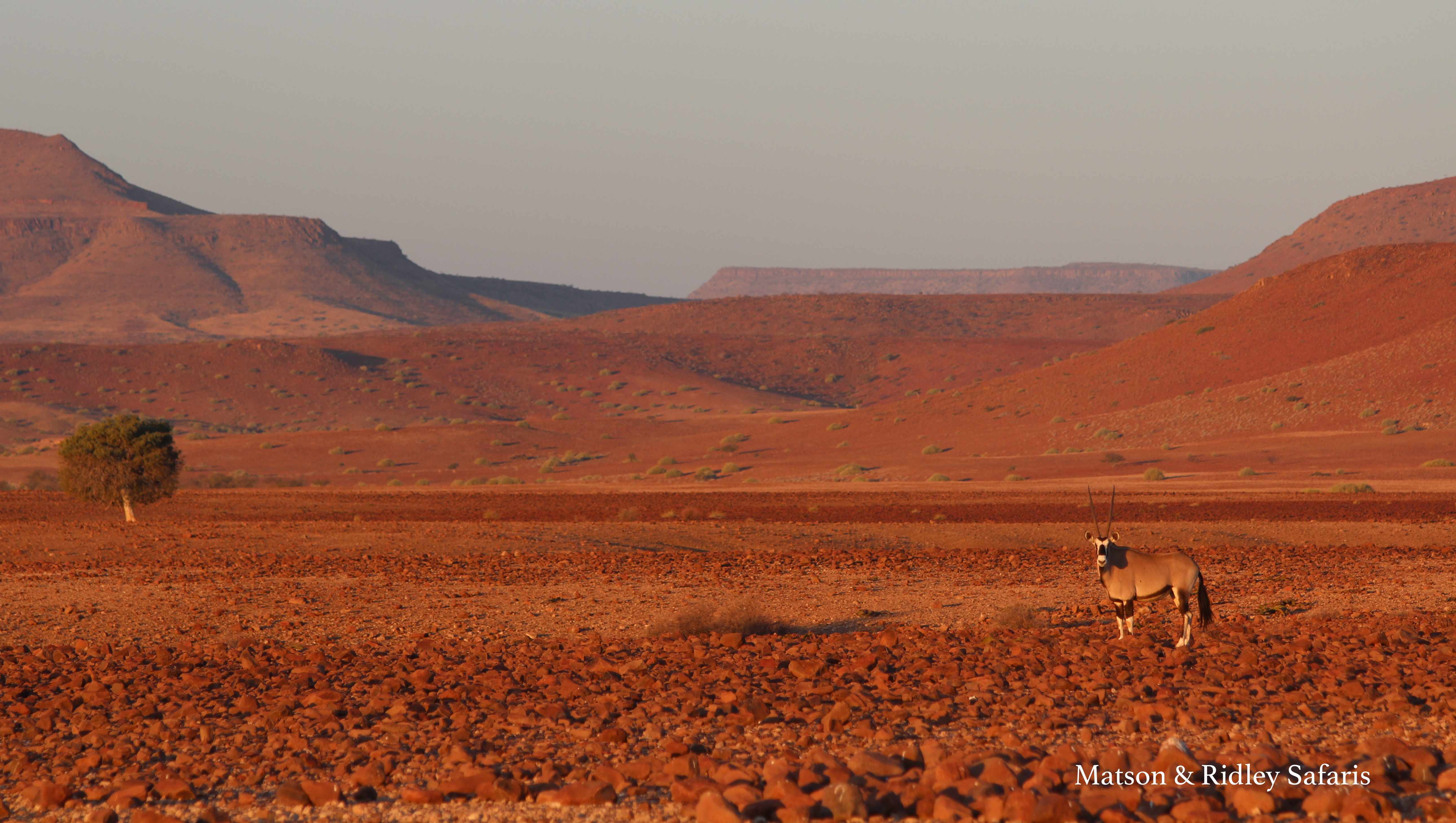
Oryx in Palmwag, Damaraland, near Desert Rhino Camp, a ecotourism partnership between Wilderness Safaris and Save The Rhino Trust, that also benefits 3 local communities.
I believe Namibia is one of the best countries in the world in terms of innovative, practical conservation, largely because of their highly successful community-based conservation efforts, centred around the communal conservancies. There’s no better place to visit than camps like Doro !Nawas Camp, Damaraland Camp, Serra Cafema Camp and Desert Rhino Camp, if you want to see how engaged local communities get when they have genuine ownership over their natural resources. It’s not only the fact that you have locals running these camps, as managers, waiters and guides – it’s the warm feeling you get from the staff, who are not just employees but owners and landlords.
I had a fantastic group of people on safari with me this time, mostly expats from Singapore of Dutch, Indian and American backgrounds, as well as a representative Aussie and a Kenyan! They were all up for an adventure, and that’s certainly what Namibia provides. Flying over the vast landscapes is half the experience, seeing the dune shapes from the air and if you’re lucky, seeing flamingoes and seals along the coast!
We kicked off the safari at Kulala Desert Lodge, the closest camp to the famous Sossusvlei area in the Namib Naukluft Park. I was delighted to find that my research assistant, Munekamba (now known as Ati-Sari), who helped me on my black-faced impala studies in north-west Namibia, is now the manager at Kulala Desert Lodge. If you’ve read my second book “Elephant Dance” you’ll remember the story of the two bull elephants standing over my tent while my assistant looked on from his roof top tent – well, that was Munekamba! After we worked together I introduced him to the managers at one of the Wilderness Safaris camps, and he’s done so well that he’s now managing one of their busiest camps. I’m stoked to say Munekamba saw his first elephant with me back in 2006 – and it was standing over my tent at the time!
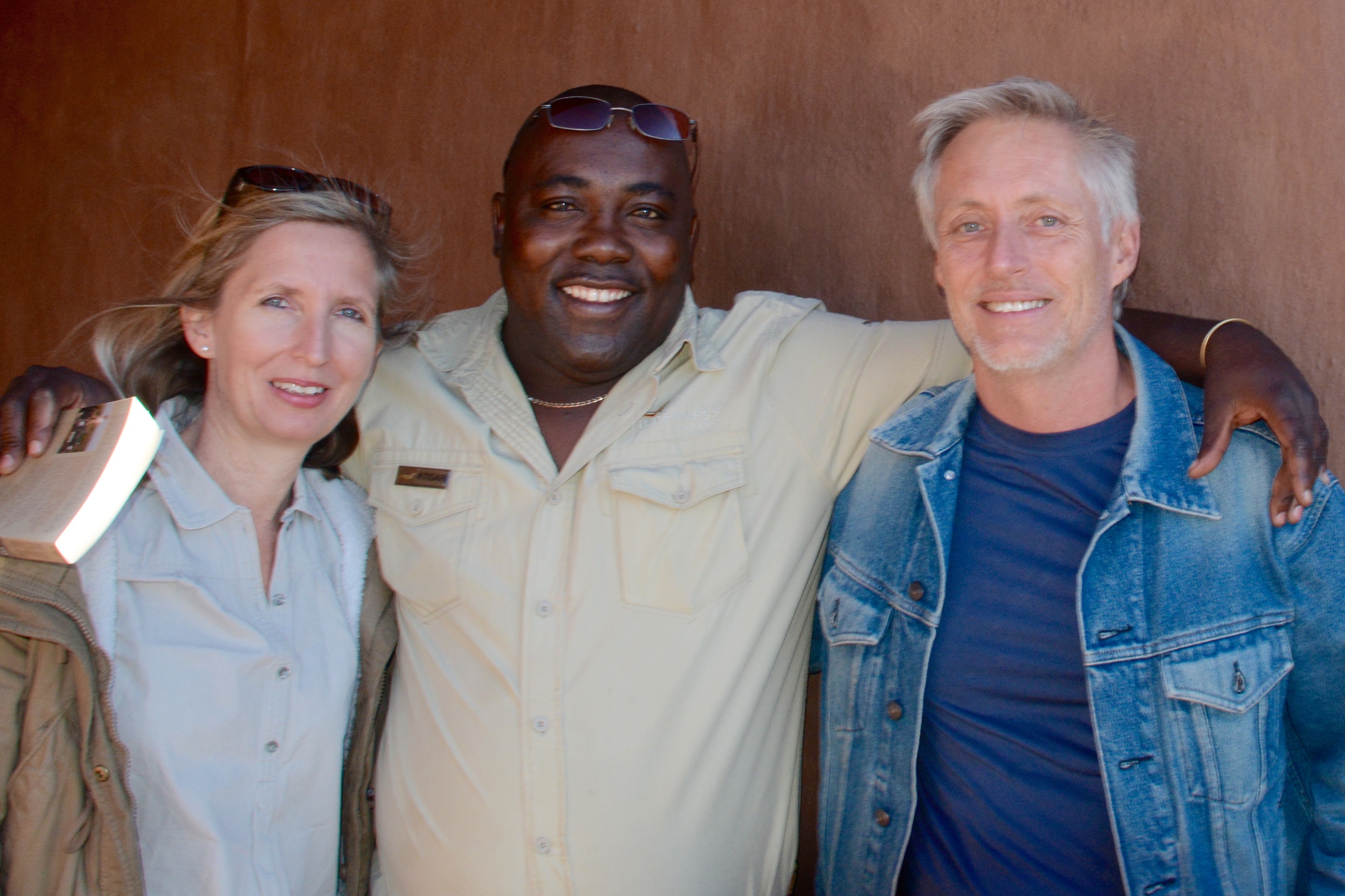
Me with Munekamba, my former research assistant, now known as Ati-Sari as manager of Kulala Desert Ldoge, and my Aussie guest, Robert Livingstone-Ward, who took the most incredible photos (check them out on Facebook – and this one above is also from his camera)
Kulala Desert Lodge is a great place to explore the Namib from. If you want, you can actually sleep on the roofs of the gorgeous chalets, star gazing from your bed as you drift off to sleep, however it wasn’t the best night for it for one of my group, Robert, as during the night a sand storm blew in and he had to make a quick departure inside! It was a wild morning in the dunes, as the more adventurous among us climbed the dunes, being literally blown right off their feet as cyclonic winds whipped across the desiccated landscape.
At Dead Vlei however, it was perfectly calm, somehow protected from the winds by its sunken position. We discovered several fascinating species in the Namib, including the white lady spider and a horned adder at Sesreim Canyon, plus a wonderful spotted eagle owl in a tree near where we stopped for coffee, all well spotted by our excellent Wilderness Safaris guides. But to me it’s always the oryx that steal the show in the Namib, these magnificent antelopes with their black and white markings and sharp, straight horns that make them stand out so strikingly against the pastel colours of the mountains.
Then it was off to Desert Rhino Camp at Palmwag in Damaraland, a place of incredible red, rocky, mountainous landscapes, and home of rare black rhinos who munch on toxic milk bushes (Euphorbia damarana), springbok and oryx, kudu and many more desert- adapted creatures. If the Namib is like landing on the moon, then Damaraland is like going to Mars. Here were were lucky enough to experience spotted hyaenas at a den, including two very young ones who walked right up to our vehicles with not a care in the world.
We joined the Save The Rhino Trust trackers on a walk to see a black rhino they had found earlier that morning, a bull known as “Don’t Worry”, who had been dehorned as part of a Ministry of Environment and Tourism initiative to reduce poaching in Damaraland. It never feels right to me to see a rhino without its horn, and I worry about the ability of the rhinos to defend their young against lions and conduct normal behaviours without this natural appendage. Sadly, there is evidence that poachers will still kill dehorned rhinos for the small amount of horn left below the skin, because of its high value on the illegal market in Vietnam.
There was lots of discussion around the campfire about rhino conservation, and a recurrent theme was the issue of legalising the trade in rhino horn, which seemed to be a popular idea among all the Namibian wardens, guides and rangers I spoke to. Many people in Namibia feel that they should be benefiting from the horns, not the criminals involved in the trade, or that the sales of horn could support rhino conservation. While this makes sense to me, I can’t imagine how wild rhinos, with such low populations today, and continuing to decline at 1000+ per year, could sustain a market in Vietnam, with its growing population of 93 million+ and increasing wealth. In Africa, a single horn can fetch three year’s worth of a local person’s monthly salary, so there are very real incentives for good guys to sacrifice conservation for economic motivation. We have to continue to support anti-poaching efforts in Africa, but I’m more convinced than ever that reducing demand in Vietnam is the most effective weapon we have to stop the slaughter. That’s why I think awareness campaigns in Vietnam (like Breaking the Brand) need much greater support, targeting the elite audience who are buying it. This battle cannot be won in Africa alone.
Desert Rhino Camp is a partnership between Wilderness Safaris and both Save The Rhino Trust and 3 Damara communities surrounding the Palmwag concession. Going there is truly supporting conservation because what you pay to visit directly supports the 3 communities and pays for the trackers to protect the rhino every day in the concession. I love examples of genuine community-based conservation like this, based on sound economic principles. And quite besides the feel good factor of going there and knowing the contribution you’re making makes a real difference, which the staff remind you about all the time by thanking you at least three times a day, the feeling in this camp is just magical. The staff sing and dance every night (and boy, have they got rhythm!), and on our last night they arranged a surprise starlit dinner out in the bush, something that me and my group will never forget. It was the highlight of our Namibian journey.
Finally it was off to see some big animals up close at the Ongava Game Reserve, right next to Etosha National Park. For me this is really home territory as I was based there for two years in a battered old caravan at Okaukeujo research camp while collecting data on black-faced impalas for my PhD. This part of the world is really fantastic in terms of wildlife in September, the dry season, because you get the big concentrations of animals at the waterholes, and on this front it didn’t disappoint. You can simply sit at a waterhole for hours in Etosha at this time of year, just watching the hundreds of animals come and go.
We also spent some time with mating lions in Etosha, walked up to white rhinos at Ongava and shared a cup of coffee at Okaukeujo waterhole with my old friends, Shayne Kotting (MET warden, Okaukeujo) and Birgit Kotting (MET, head of the rhino custodianship program).
I’d like to thank Dr Julian Fennessy of the Giraffe Conservation Foundation for giving us a talk on the plight of Africa’s giraffes on our first night in Windhoek and for joining us for a fun night at Joe’s Beerhouse afterwards. Julian really opened our eyes about the increasingly worrying state of Africa’s giraffe subspecies, and watch the IUCN red list this year which is likely to suggest that quite a few giraffe species are more endangered than we realised.
Thanks also to Abigail Guerier at Ongava Research Centre for the fascinating talk at Ongava on our last day on her work on the genetics of white rhinos. Fascinating to learn about the complex life histories of these prehistoric giants. Let’s just hope they are around for our children to see!
All in all, it was a fantastic life-changing journey, one that I certainly won’t forget, and I hope that all who joined me are now great ambassadors for the cause of conserving Africa’s wildlife. If you’re interested in joining my next Namibian adventure, contact me to sign up for an odyssey in to the ruggedly beautiful Skeleton Coast from 20-27 May next year, limited to 10 people and already half full. And last but not least…
Finally, a very big thanks to Susan van der Vloodt, who brought most of her family and friends along on this magical journey. There’s nothing like sharing an African experience with the ones you love, and for me it’s a real privilege to share Africa with others who love being there as much as I do!
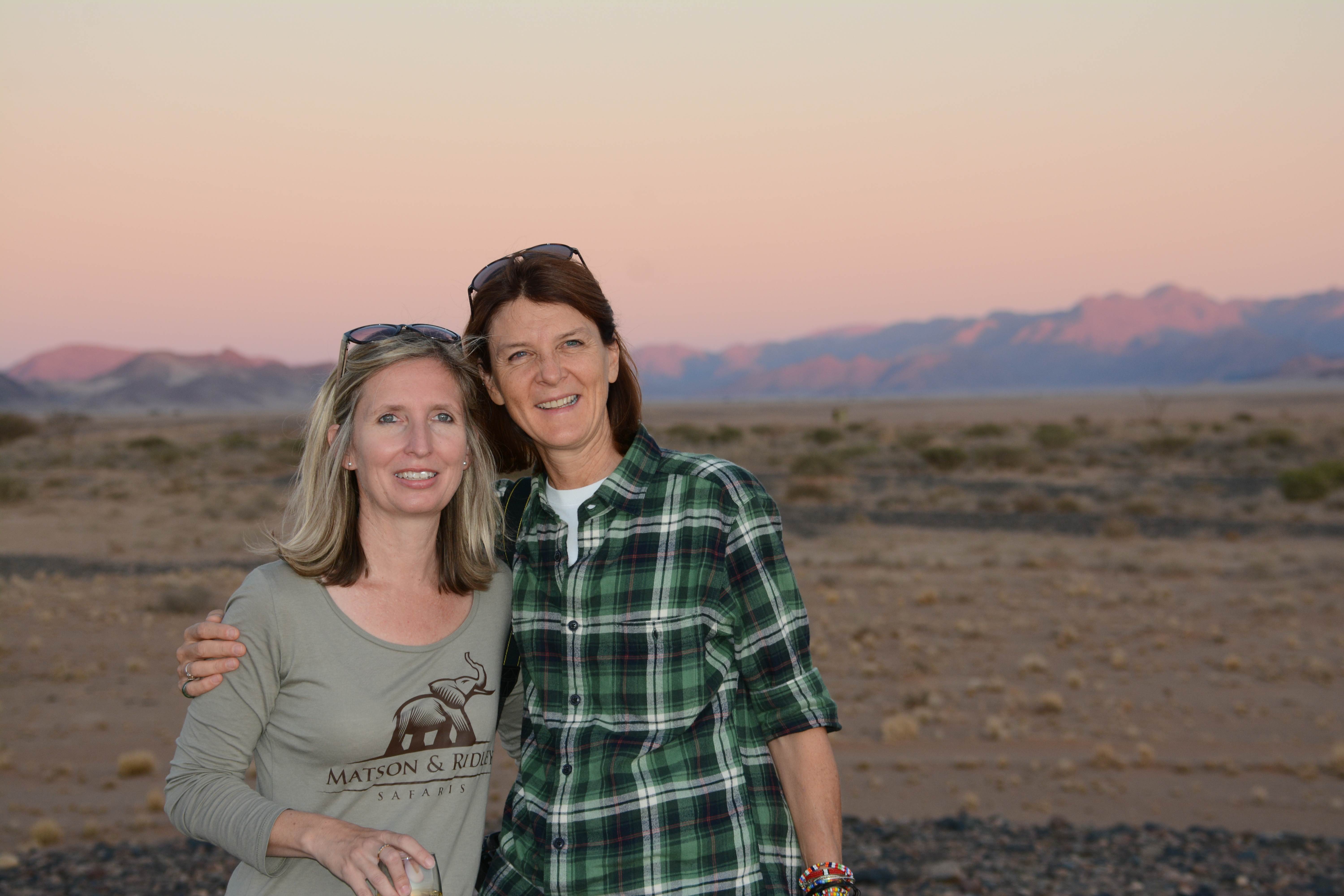
The author with Susan van der Vloodt at sunset in the Namib (thanks Robert Livingstone-Ward for taking this photo)
To see more photos from our Namibian journey, you can like our Matson & Ridley Safaris Facebook page by clicking here and pressing ‘like’.
Singapore & Melbourne Events
If you love elephants and would like to know more about their plight and what you can do to help conserve them in the wild, please come and join me at one of the following events in early October in Singapore and Melbourne. Bookings are not required.
Melbourne Friends:
Come along to see the short film our Let Elephants Be Elephants team made on the illegal ivory trade last year, as shown on National Geographic channel across Asia last year, and hear the latest on elephants from me, on Saturday 3rd October at Melbourne University. Then join us on the Sunday morning (4th Oct) as we raise awareness as part of the Global March For Elephants and Rhinos.
Let Elephants Be Elephants film showing & talk
Date: Saturday 3rd October
Time: 11am
Venue: Lyle Theatre, University of Melbourne, Faculty of Veterinary & Agricultural Sciences, Building 115, Room 101, Royal Pde Parkville, 3010.
Cost: $10 (this goes to elephant conservation)
RSVP at Eventbrite.
Host: A Future With Elephants
The Global March For Elephants
Date: Sunday 4th October
Time: 10.30am
Venue: Meet at Federation Square and peacefully march to Parliament Steps, Spring Street
Cost: free
Host: The Global March For Elephants & Rhinos, Melbourne (sign up on their Facebook site here, where you can also sign their petition)
Singapore Friends:
Join us for a LEBE film showing & talk
Host: Singapore Botanical Gardens & N Parks
Date: Friday 2nd October
Time: 4pm
Venue: Function Hall, Botany Centre, Botanical Gardens
Cost: free
Love to see you there & bring any friends you think might be interested!
Upcoming Events – Melbourne & Singapore
Friends in Melbourne and Singapore, I’m coming your way to talk elephants in early October so if you’re around please come along to see some beautiful elephant images an update from me on all things elephantine! More details of the events are coming soon, but for now put these dates in your diary! All of my books will be available at these events.
FRIDAY 2ND OCTOBER – Singapore Botanical Gardens, Function Hall. 4pm-5pm.
SATURDAY 3RD OCTOBER – Melbourne University, hosted by A Future With Elephants, including the Melbourne premiere of ‘Let Elephants Be Elephants‘ and presentation by yours truly. This will be held between 11am and 2pm, so won’t clash with any of you who are going to the AFL Grand Final that evening. Exact times and venue to be revealed shortly.
SUNDAY 4TH OCTOBER – Melbourne March For Elephants. 10.30am for an 11am start at Federation Square. Peaceful march through the city to Parliament Steps followed by speeches. Come and show your support for elephants and ending the illegal ivory trade! Join up here.
Out of Africa – Kenya’s Maasai Mara
There is a reason why Kenya’s Maasai Mara is so famous. Not only is this World Heritage Site Kenya’s most visited reserve, famous for its high density of herbivores and predators, it also protects one of the planet’s last great migrations of mammals, including about 2 million wildebeests, and a thousands of gazelles and zebras, which visit between July and October.
Now large herds of tourists aren’t my cup of tea, so while I just had to tick the Mara off my bucket list of must-see wildlife places, I didn’t want to share it with dozens of other homo sapiens in their open-top land cruisers. That’s one reason why I chose to use Asilia as my ground operator for my first group safari in the Mara, because their intimate, small camps make for an experience that is private and exclusive, and being in the private conservancies bordering the reserve itself you’re not lining up at cheetah kills with 17 other cars full of tourists. I can’t tell you what a huge difference this makes to your safari.
The other reason I chose Asilia is for their positive community and conservation impacts, which my group contributed to simply by going on the safari. We stayed at Naibosho Camp and the Mara Bush Houses, both part of unique conservancy partnerships that directly benefit local Maasai land owners, not only through paying rent in hard cash from the money people like us pay for the privilege of being there, but also through a whole lot of other benefits, like guide training, scholarships for primary school students and future conservation leaders. This is exactly the kind of tourism I like, because not only are the camps themselves low environmental impact (Naibosho is almost entirely run on solar and they use bucket showers to minimise water use), but they are sustainable in the long term because they’re directly linked to and benefiting communities.
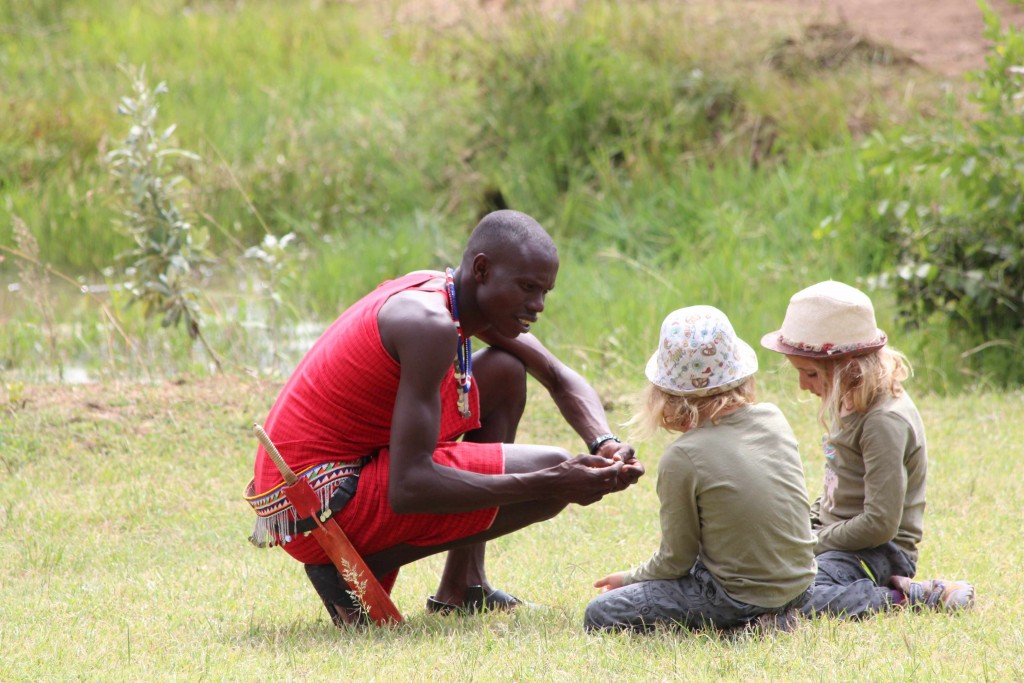
Maasai guide Sam sharing his knowledge with 7 year old twins, Lucie & Bella, at the Mara Bush Houses
So, all in all, a truly ethical safari with an absolutely brilliant bunch of Aussies. And the wildlife…. Holy moly! I don’t think I’ve ever seen the sheer volume of animals that we saw in the Mara anywhere else in Africa. The wildebeests were in their tens of thousands, far too many to count, and the sense of space you get on the vast plains of East Africa can’t be compared with anywhere else. And of course the huge numbers of herbivores draws big prides of lions. One group we saw had 9 cubs and at least 4 adults in the group. Lions mating. Lions stalking. Lions lying around, which of course is what they do best. I’ve never seen so many lions in one place.
A talk by resident Danish lion expert, Niels Mogensen, from the Mara Naibosho Lion Project, on the first day, really put things in perspective. The thing is, when you go on safari in a national park to see the animals, you could easily overlook the fact that there are local indigenous communities that live on the periphery and who are living with the wildlife and without their buy in the wildlife wouldn’t stand a chance. Maasai culture is centred on their cattle, which represent wealth and status, and over-grazing by cattle could be a serious threat to the Mara ecosystem, but community-based tourism gives them an alternative income source. Maasai herders are compensated if a lion kills one of their cattle. It’s not perfect, and it’s an ongoing process to try and find a harmony between people’s needs, their culture and the conservation of wildlife. But I think all of my group walked away with a deeper understanding of the reality of conserving this region’s wildlife, and the challenges local community and conservation workers face in finding a balance that works for everyone.
Now time for just a few of my favourite pictures showing a few of the highlights of our safari…. And if you’d like to experience the Maasai Mara with me, I can’t recommend it highly enough and I will be taking a group there for the wildebeest baby boom from 20-27 February next year so please contact me if you’d like to join. This is no ordinary safari. You’ll be with me and a small group of like-minded individuals on the experience of a lifetime, hand picked and organised by me all the way through. Here’s what a couple of my group members from this trip had to say about it!
“It was such a wonderful time the group was great thoroughly enjoyed our meals with each other as it was still intimate with the 13 of us! Such fun we had! With you as our leader you were just perfect! I am so glad I have met you (finally) and travelled with you, you are an inspiration! Keep up all your fantastic work!” Leonie Bayley
“Tammie, it was such an amazing time- it all seems like a dream!! It certainly was the experience of a lifetime. You did an amazing job coordinating it all and creating such a wonderful experience for all of us. Hopefully one to be repeated!” Sheelin Coates
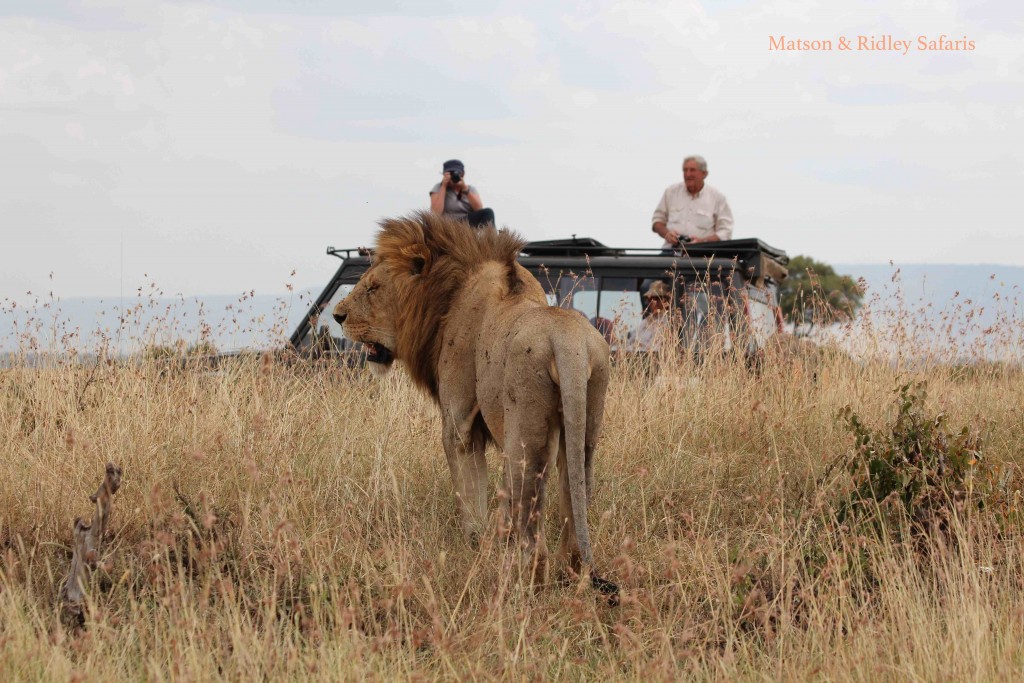
Our group watches a\n exhausted male lion (in between a week of mating every twenty minutes). That’s John and Fiona on top of the vehicle!
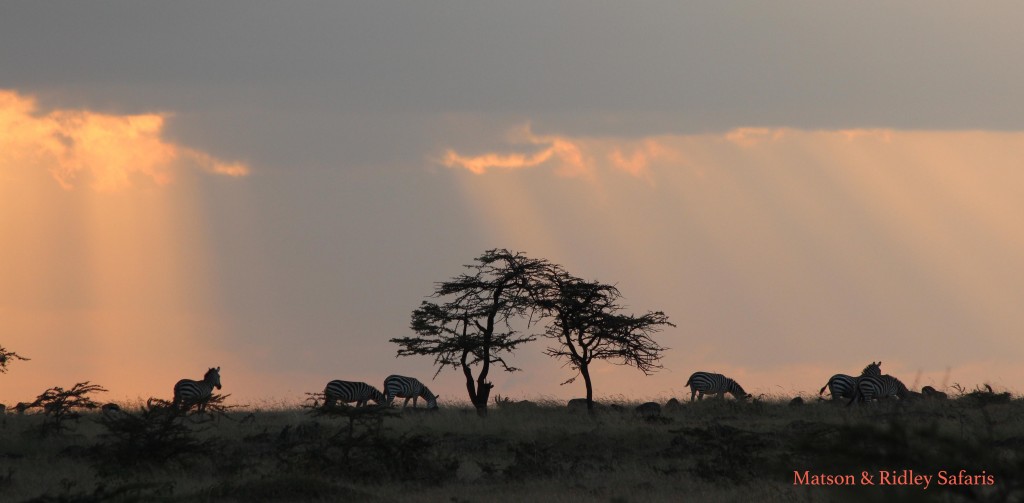
Zebras at sunset. I took this photo while watching a pride of lions right next to the car, which shows you that we saw a lot of lions in that I was starting to watch zebras instead!
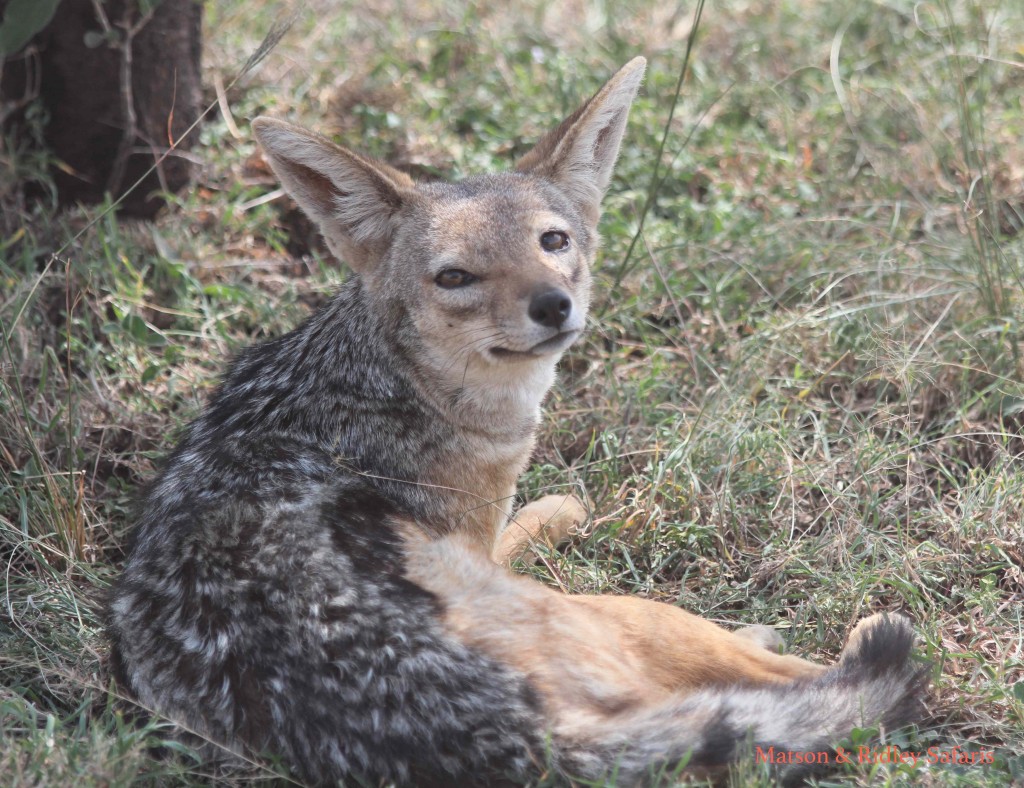
Black backed jackal – we saw a lot of these as there were plenty of carcasses around for them to steal bits off
Last minute discount on Namibian safari in September
Are you male? Are you a lone traveller? Do you know someone who is and wants to go to Namibia? Well this is your lucky day! This is a last minute offer for a single male to join my Namibian safari THIS September (1st-8th), sharing with another single male. Yes that’s just a few months away!
The price of this amazing safari, including the beautiful Kulala Desert Lodge in the Namib Desert, Desert Rhino Camp in Damaraland and Ongava Lodge next to the famous Etosha National Park, is usually SGD$8555, but this one remaining spot is going for a discount at just SGD$8000 (approx AUD$8000 or USD$6000) at today’s exchange rate. Sorry ladies, this spot is for a bloke only as he’ll be sharing with another bloke (a very nice one!).
First in best dressed so get in touch with me now by clicking here!
For full details of the safari click here.

